Did you know there are multiple ways to hold a tennis racket? Each grip style creates a unique set of advantages and disadvantages. Let's delve into the world of tennis grips and discover the perfect fit for your game!
The way you hold your tennis racket is the fundamental starting point for every shot you hit. It's not just a minor detail; your grip directly dictates the angle of your racket face at impact, influencing everything from the amount of topspin you can generate to the power you unleash, and ultimately, your control over the ball. For tennis enthusiasts in India, whether you're playing at the KSLTA courts in Bengaluru or a local club, understanding grip styles is paramount.
There isn't a single "best" grip for everyone. Instead, the ideal grip depends on your individual playing style, physical attributes, and strategic goals. This guide explores the four main tennis grips – Continental, Eastern, Semi-Western, and Western – detailing their impact, and helps you choose and master the grip that's right for you.
What are the Main Tennis Grip Styles and How Do They Impact Your Game?
Each tennis grip style positions your hand differently on the racket handle, leading to distinct advantages and disadvantages on court for various strokes.
1. The Continental Grip (The "Chopper" Grip)
-
What it is: This grip is formed by placing your hand on the racket as if you're holding a hammer or shaking hands with the racket edge. Your index knuckle should align with bevel 2 (counting bevels clockwise from the top, for a right-handed player).
-
Primary Use: Serves, volleys, overheads, slices (forehand and backhand), and defensive shots.
-
Impact on Game: Highly versatile for shots requiring an open racket face or quick transitions. It provides excellent reach for volleys and enables effective slice. However, it's less natural for generating topspin or flat power on forehand groundstrokes against modern heavy shots.
2. The Eastern Forehand Grip (The "Handshake" Grip)
-
What it is: Place your palm flat against the racket strings and slide your hand down to the grip. Your index knuckle should be on bevel 3.
-
Primary Use: Forehand groundstrokes.
-
Impact on Game: Offers a balanced blend of power and control. It's relatively easy for beginners to learn and allows for good pace on flat shots while also enabling decent topspin. It facilitates quick transitions between forehand and backhand grips. This grip is less common among modern pros for forehands but still effective.
3. The Semi-Western Forehand Grip (The "Modern Standard")
-
What it is: Rotate your hand slightly further around the grip from the Eastern, so your index knuckle is on bevel 4. It feels like your palm is slightly underneath the grip.
-
Primary Use: Forehand groundstrokes.
-
Impact on Game: This is arguably the most common professional forehand grip today. It allows for significant topspin generation and good power, making it excellent for hitting aggressive, heavy forehands that dip effectively over the net. It also helps in handling higher balls. It can be slightly harder to hit very flat shots or low balls compared to an Eastern grip.
4. The Western Forehand Grip (The "Spin Monster")
-
What it is: This is the most extreme forehand grip. Rotate your hand even further than the Semi-Western, so your index knuckle is on bevel 5. Your palm will feel like it's almost entirely under the grip.
-
Primary Use: Forehand groundstrokes for extreme topspin.
-
Impact on Game: Ideal for generating maximum topspin, allowing players to hit very powerful, looping shots that drop sharply. Excellent for handling high balls and dominating rallies with heavy spin. However, it is very challenging for hitting flat shots, low balls, and can put significant strain on the wrist if not executed with perfect technique and proper physical conditioning.
How Do I Choose the Right Tennis Grip for My Game?
Selecting your perfect grip is a personal decision that evolves with your game. Consider these factors:
-
Your Skill Level: Beginners often benefit from the versatility of an Eastern or Semi-Western grip as they are more forgiving. As you advance, you might experiment with more extreme grips to add specific weapons to your arsenal.
-
Your Playstyle:
-
Aggressive Baseliners: If you primarily hit from the baseline with heavy forehands, a Semi-Western or Western grip might be your choice.
-
All-Court Players/Net Rushers: If you enjoy coming to the net, an Eastern or even a traditional Continental for your forehand can be beneficial due to easier transitions for volleys.
-
-
Comfort and Natural Feel: Ultimately, the best grip feels natural and comfortable in your hand. Experiment by hitting balls with different grips. Pay attention to how easily you can generate pace, spin, and control the ball without undue strain on your wrist or arm. Many players training in India's competitive tennis circuit spend time refining their grips as their game develops.
How Can I Successfully Change My Tennis Grip?
Changing your grip, even slightly, can feel awkward initially and requires patience. Here’s how to make a smooth transition:
-
Make Gradual Adjustments: Don't attempt to switch completely overnight. Adjust your grip by one bevel at a time if moving between variations. This incremental change allows your muscles and brain to adapt gradually, reducing the risk of injury and muscle strain.
-
Practice Regularly and Deliberately: Dedicate specific practice sessions to drills that reinforce your new grip. Start slowly, focusing on achieving the correct racket face angle and swing path, before increasing power and speed. Shadow swings (practicing your stroke motions without a ball) are incredibly effective for building new muscle memory.
-
Seek Professional Guidance: This is crucial. A professional tennis coach can observe your technique in real-time, identify any subtle flaws, offer personalized advice, and ensure you're using the new grip with proper body mechanics. Coaches at academies across India can provide invaluable feedback to ensure your grip transition is effective and safe.
Conclusion: Unleashing Your Tennis Potential
Your tennis grip is the essential connection between you and your racket, dictating a significant portion of your on-court performance. By understanding the specific characteristics of the Continental, Eastern, Semi-Western, and Western grips, and by taking a deliberate, informed approach to choosing and practicing the right one for your game, you are investing directly in your tennis future.
Embrace experimentation, practice consistently, and don't hesitate to seek expert coaching. The right grip will not only improve your control, power, and consistency but also boost your confidence, leading to a more fulfilling and successful tennis journey.
Ready to find your perfect grip and elevate your game? Instasport offers a wide selection of tennis rackets, grips, and accessories from leading brands. Explore our range and get ready to dominate the court!

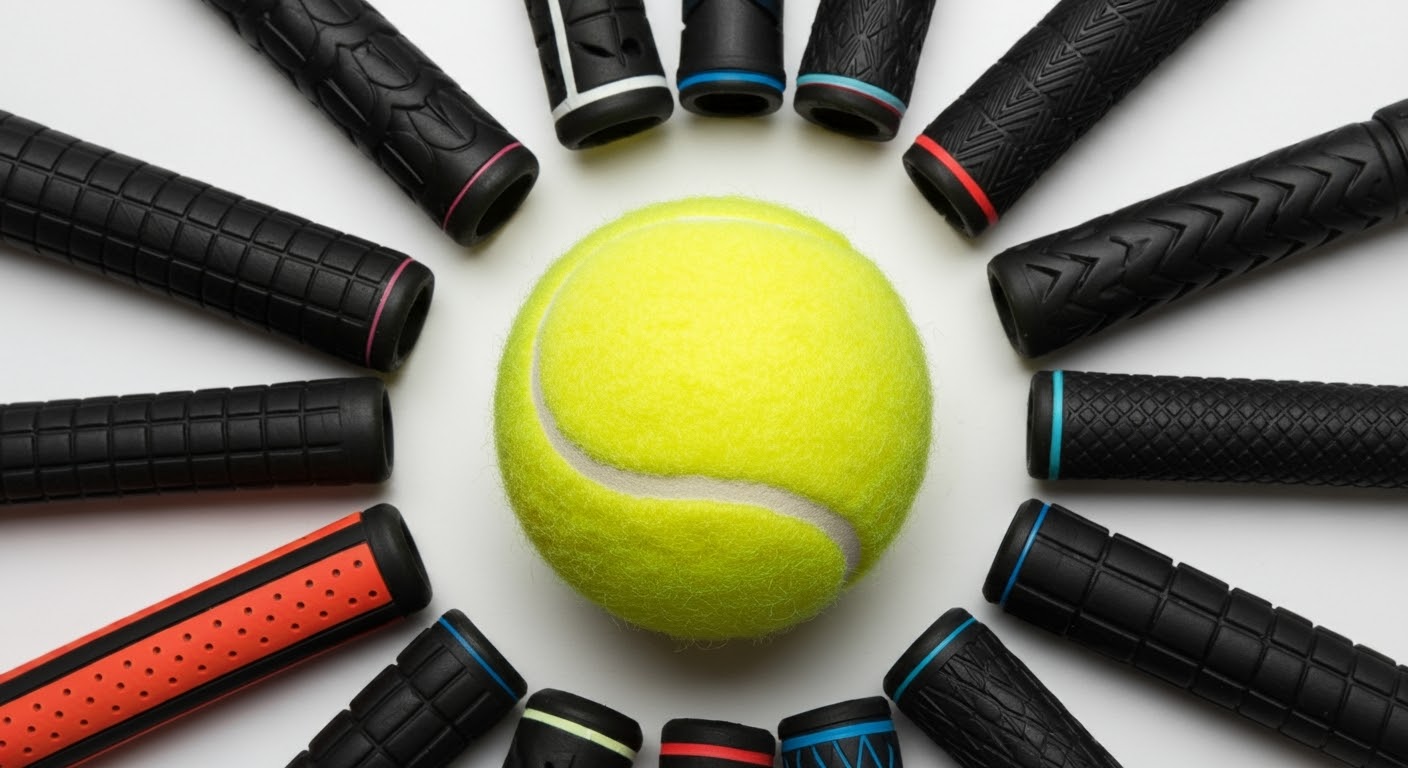

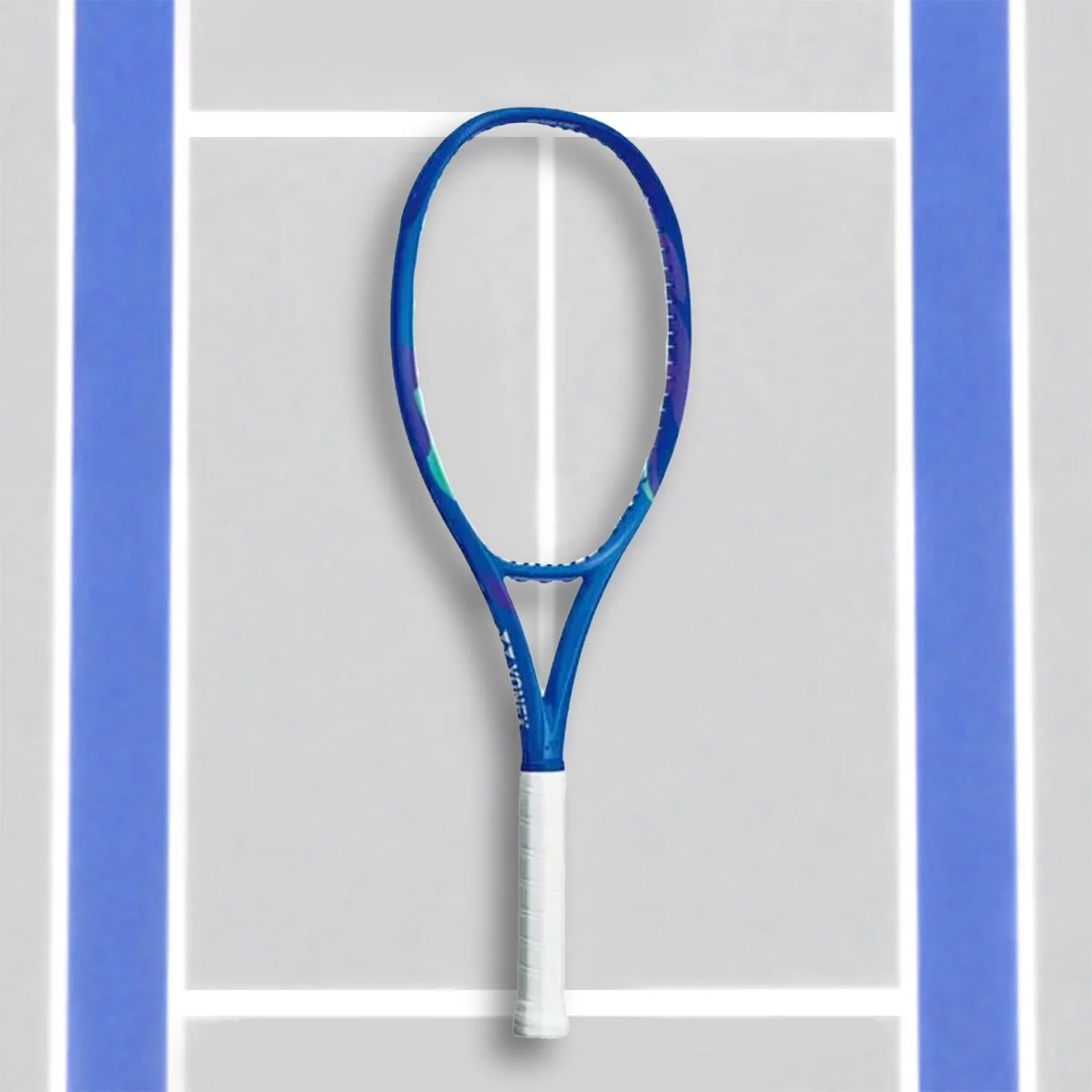
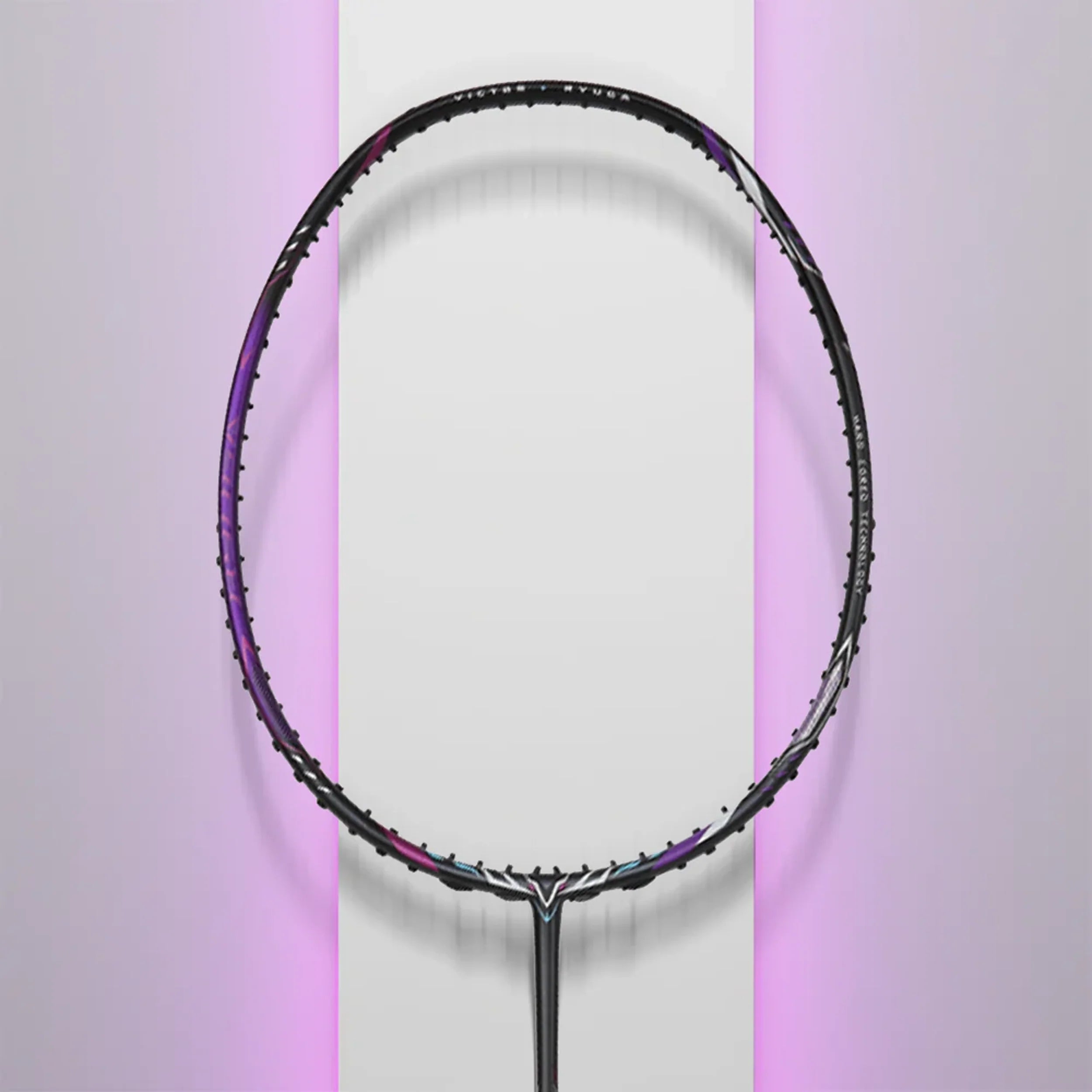


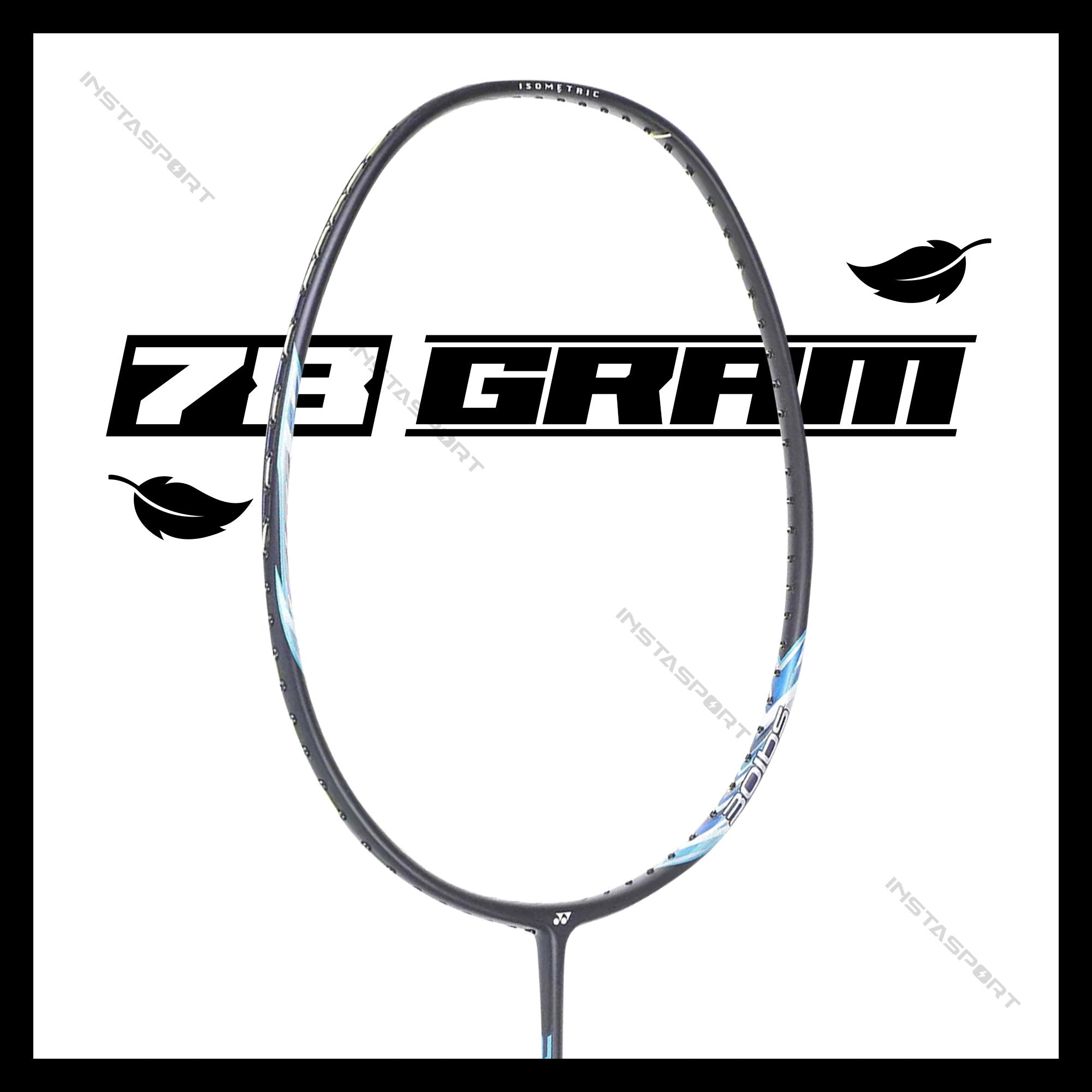




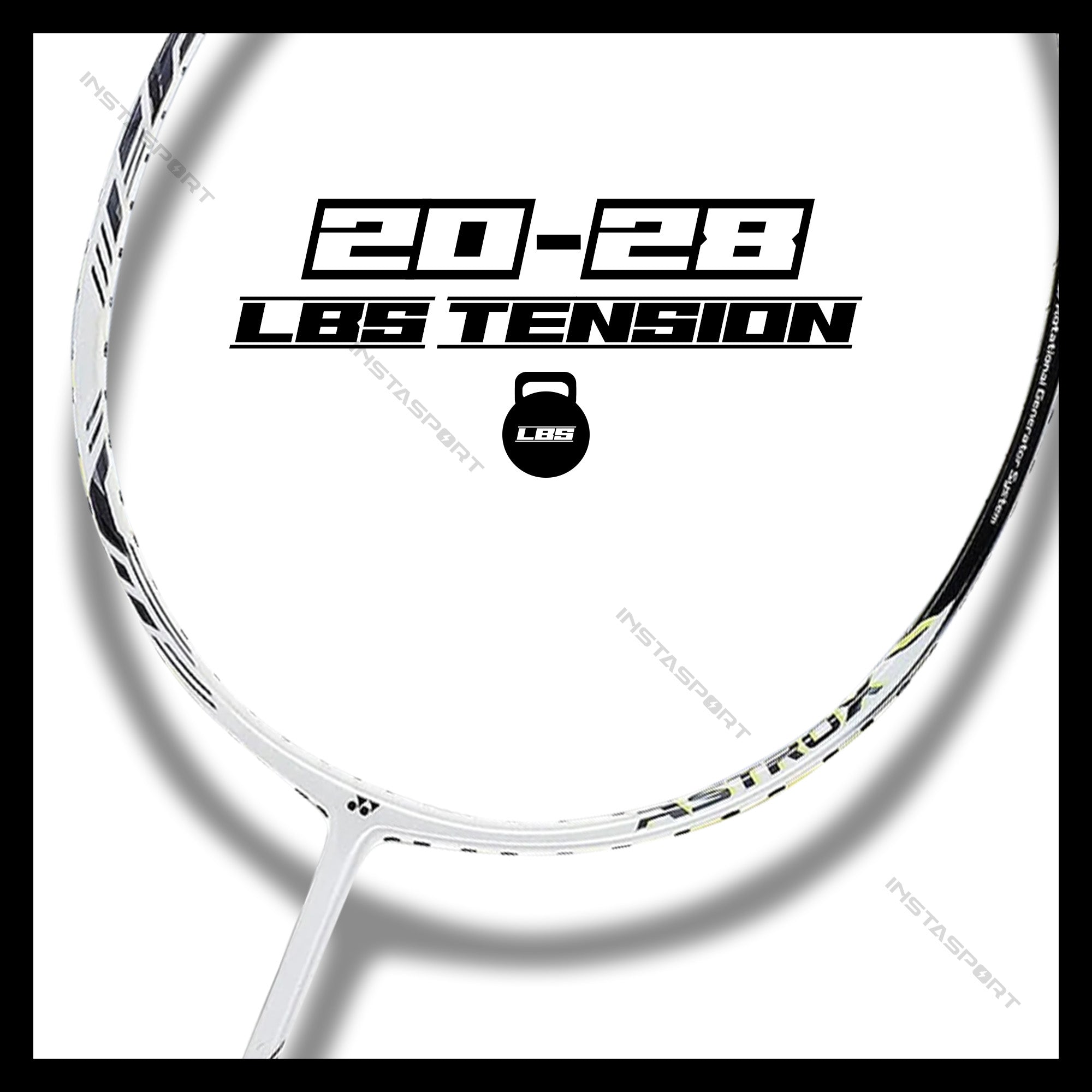

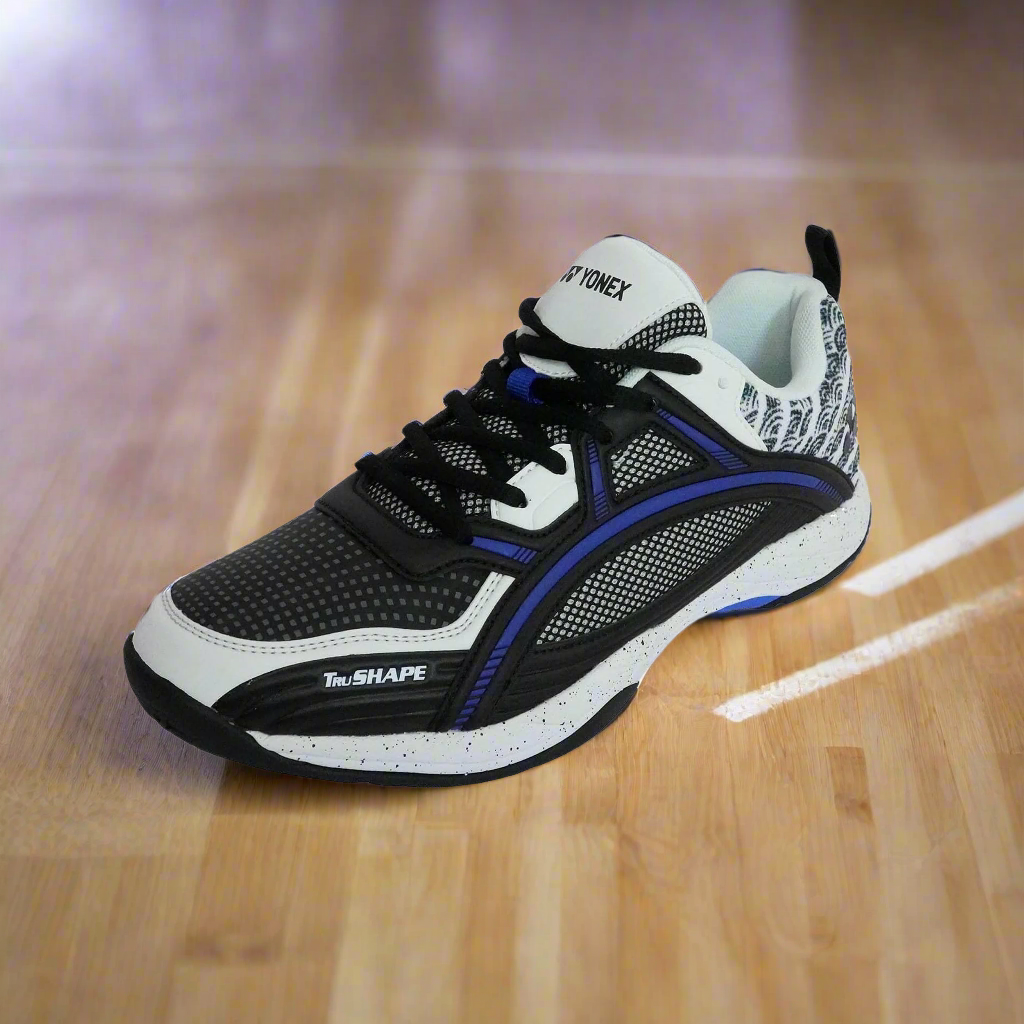

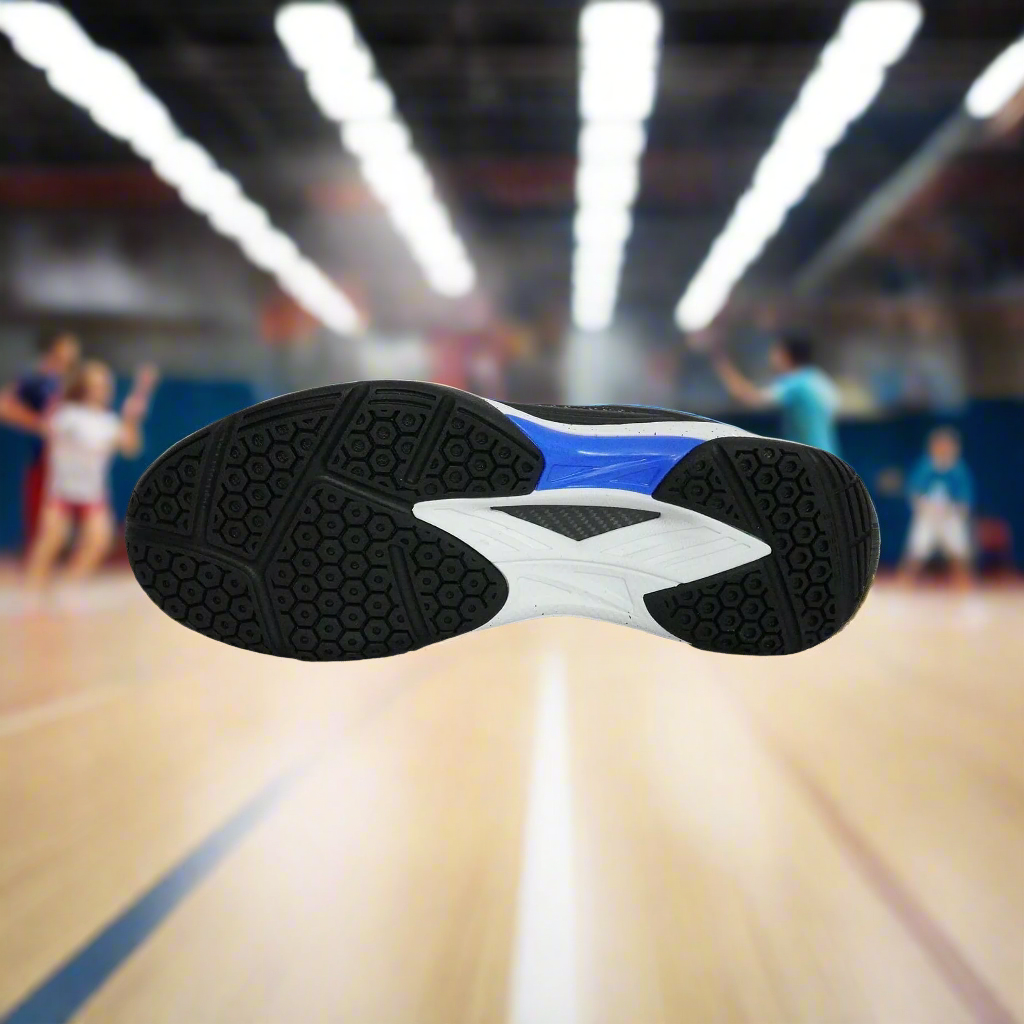

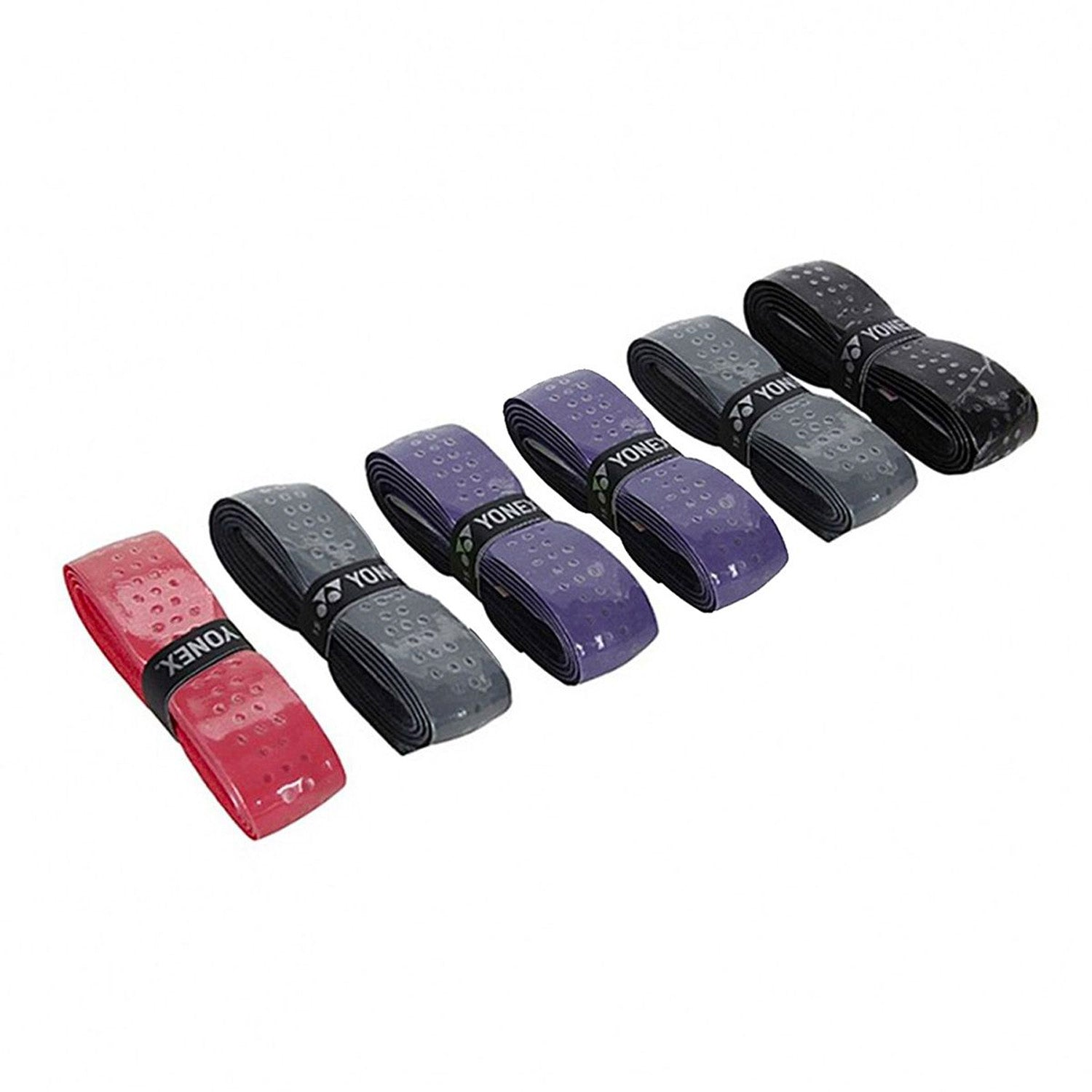

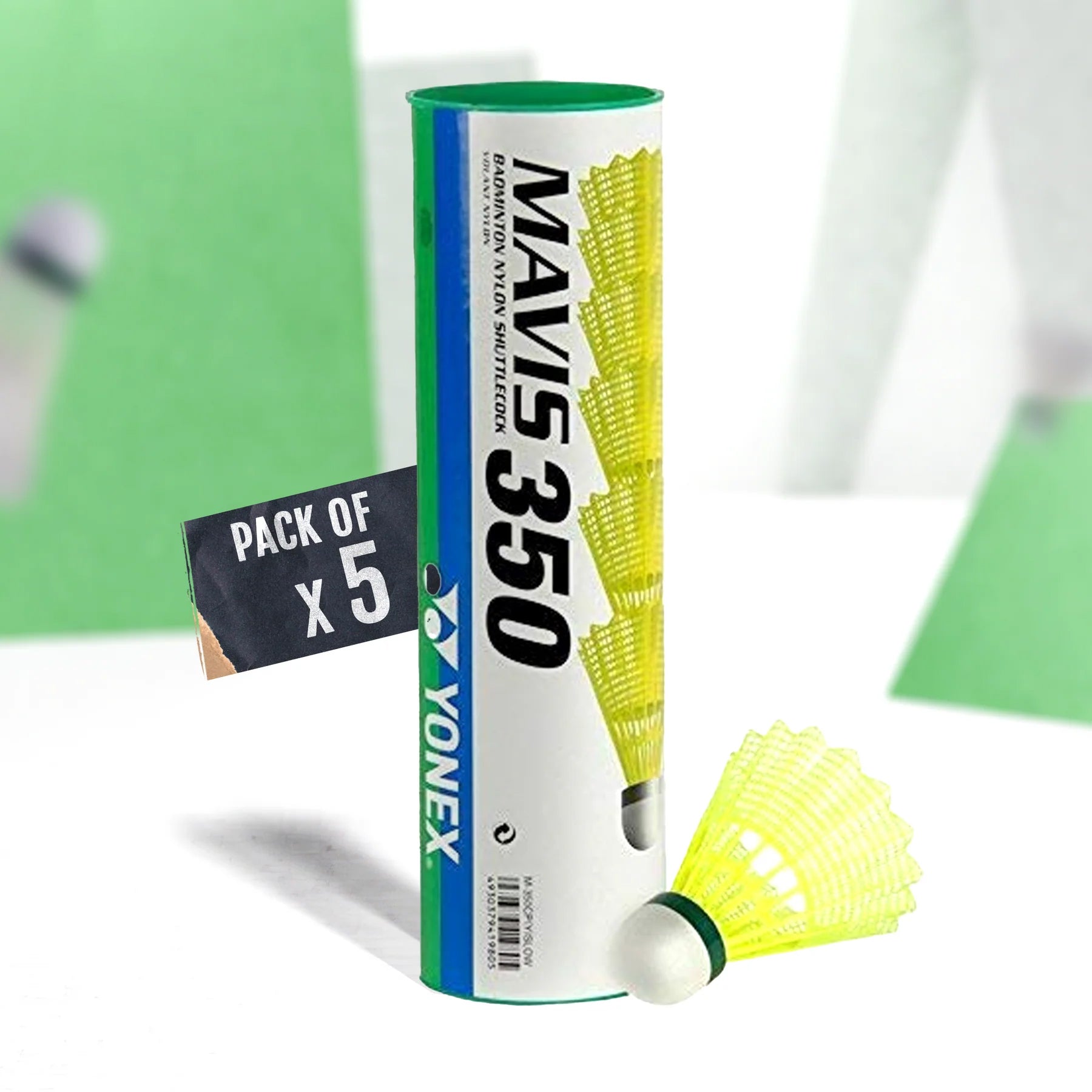




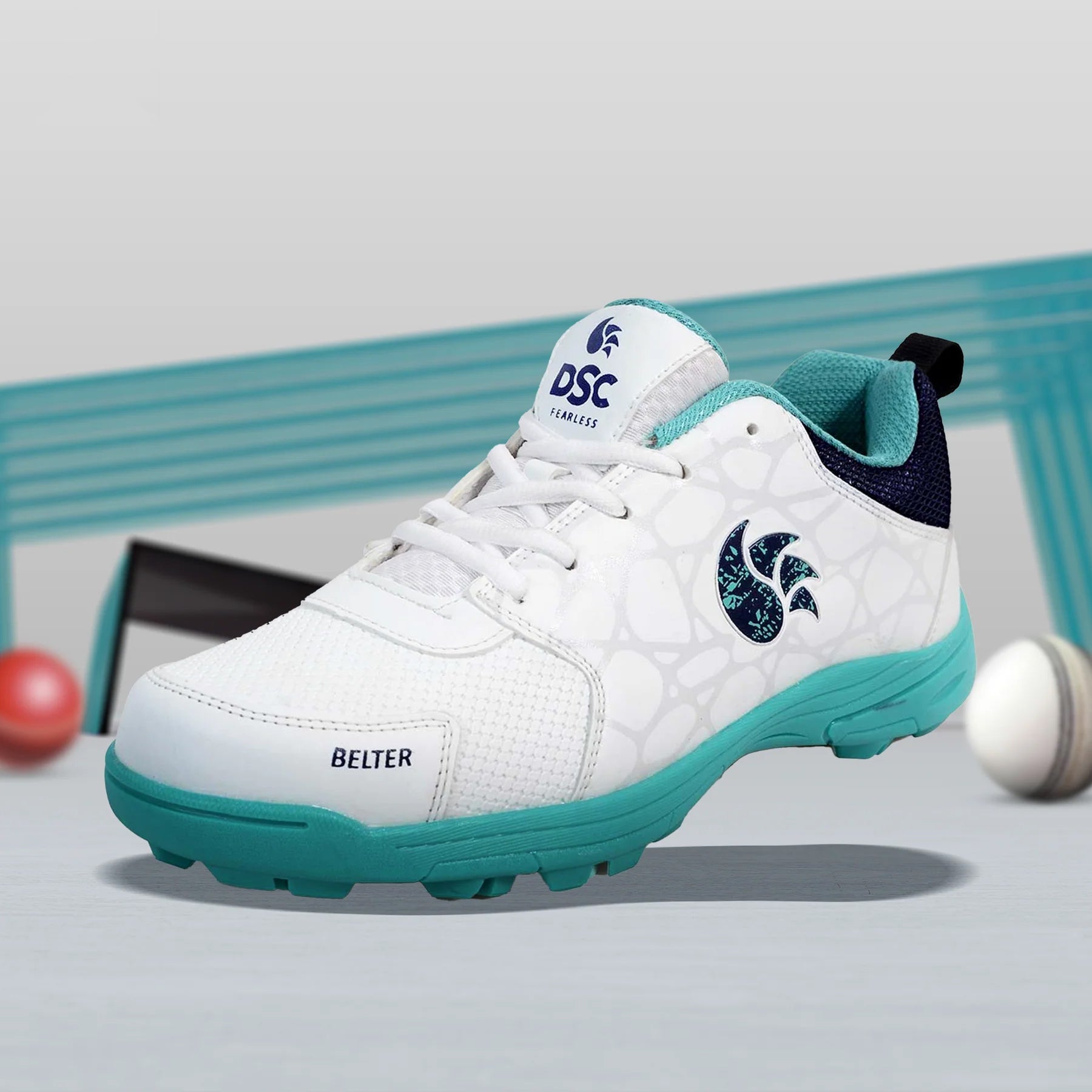
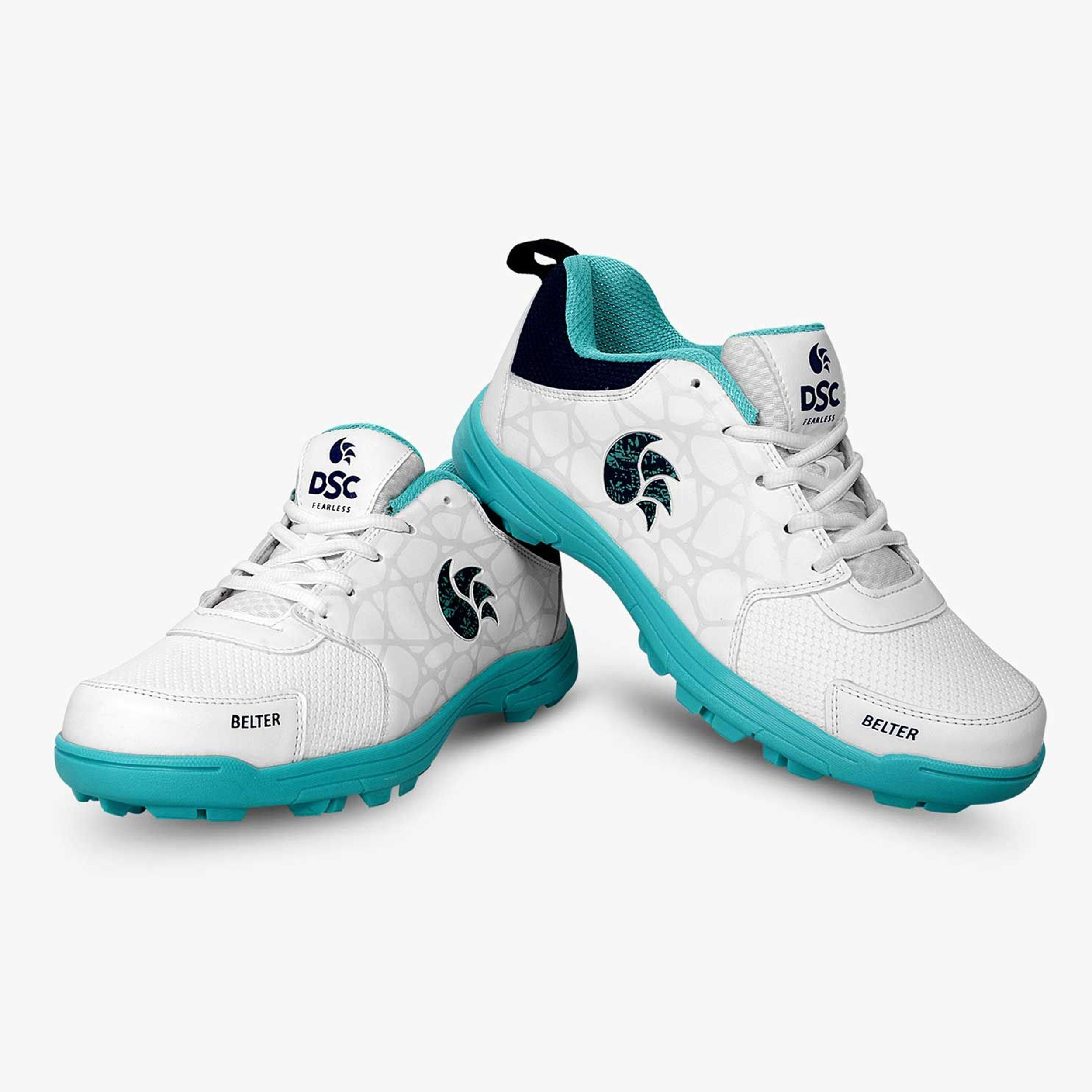
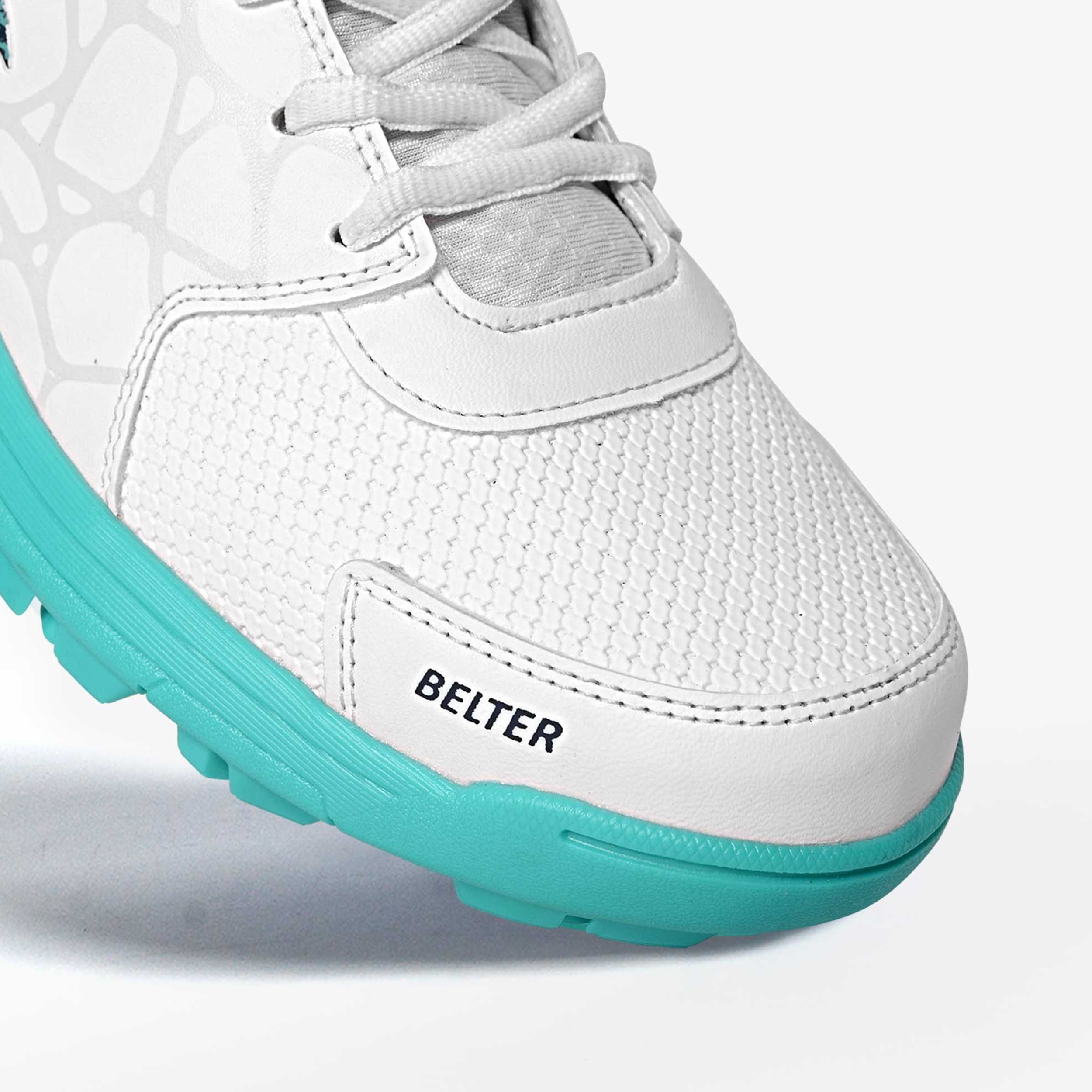
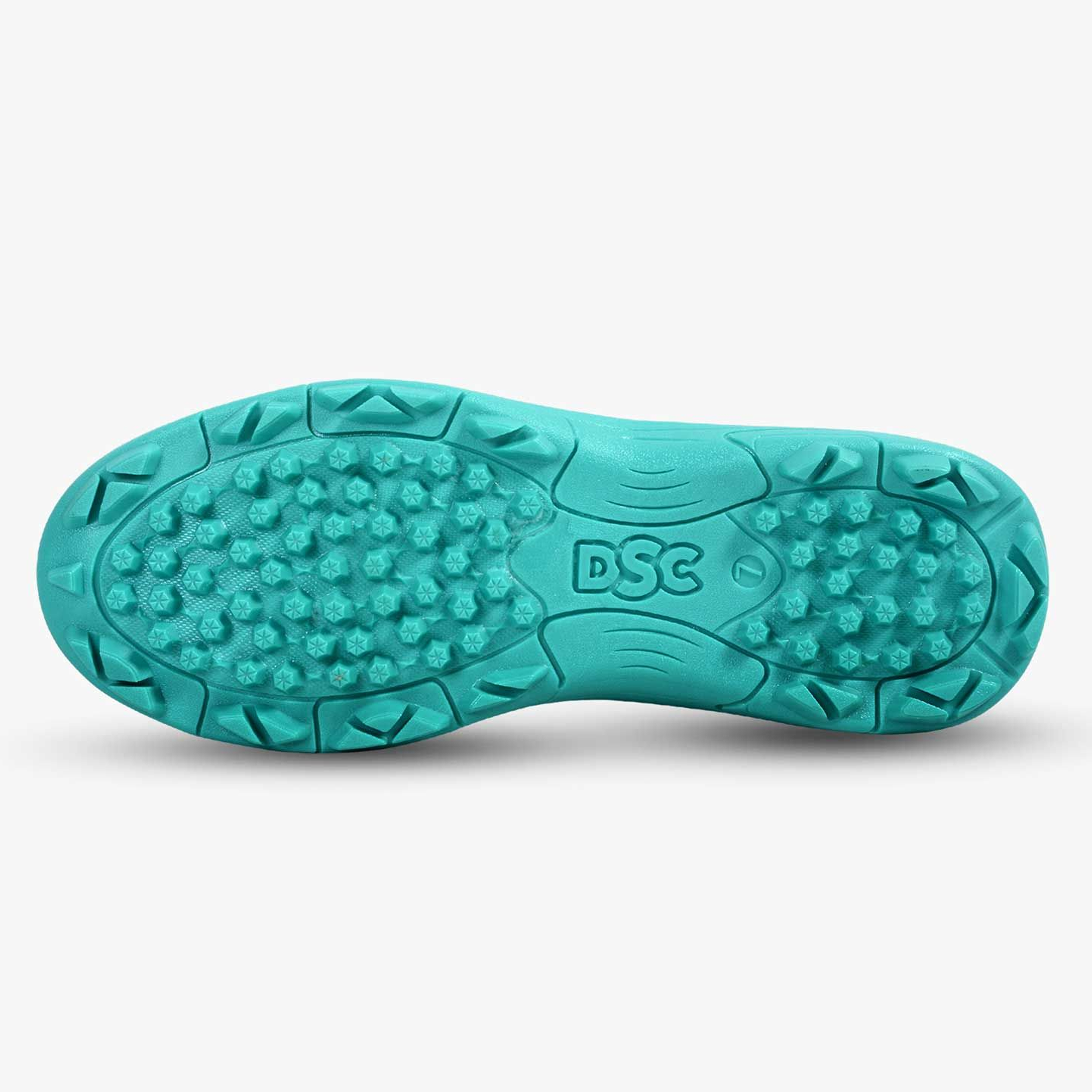
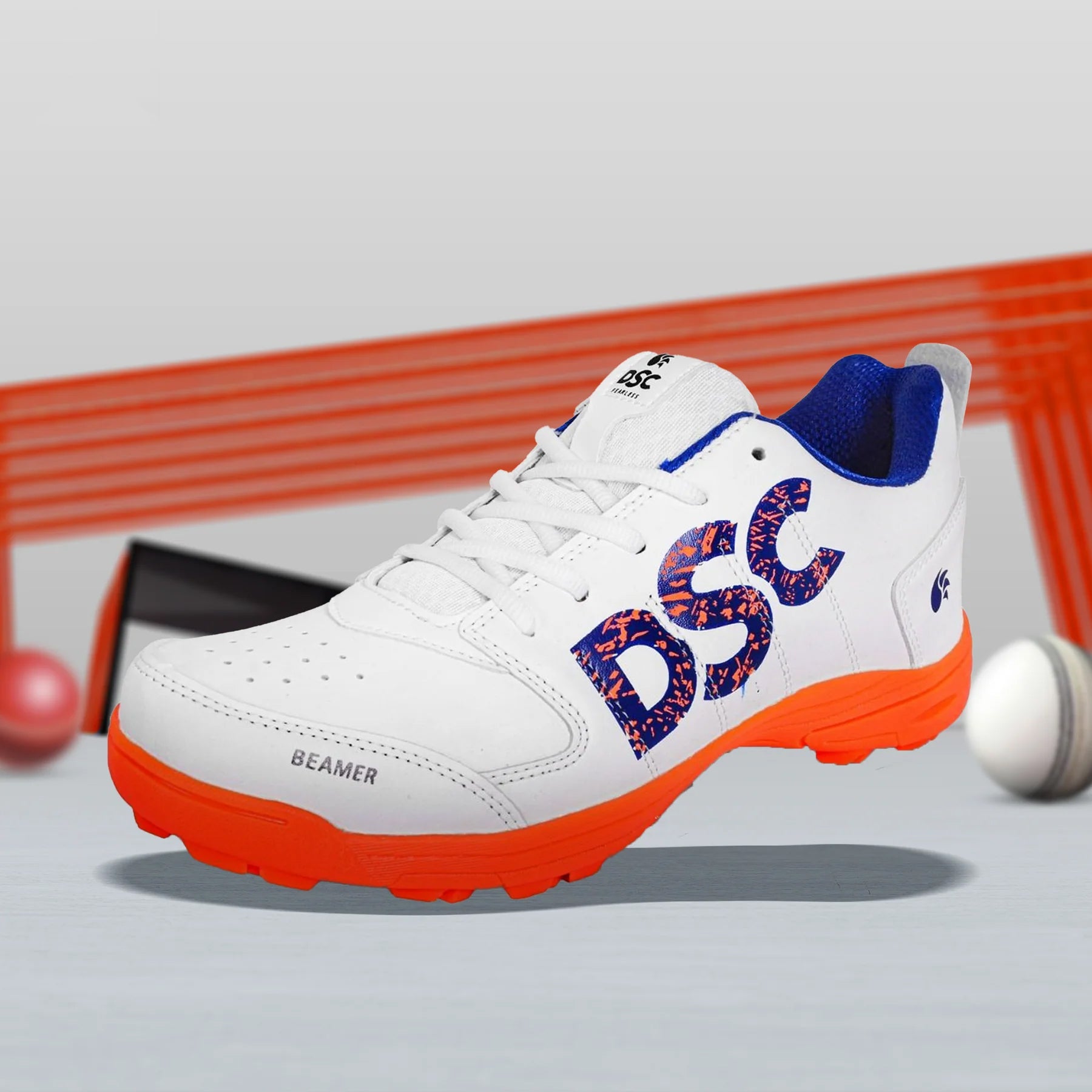
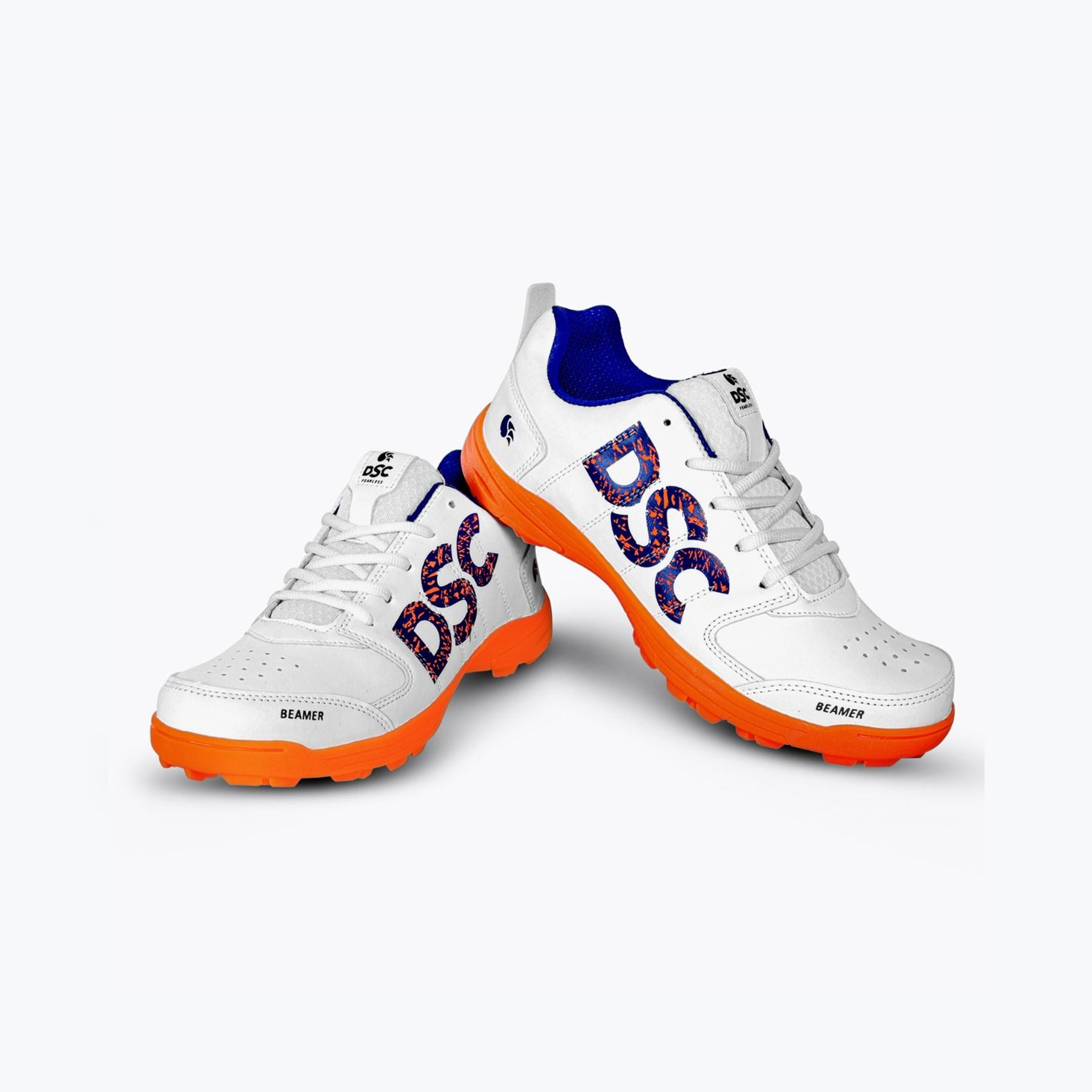
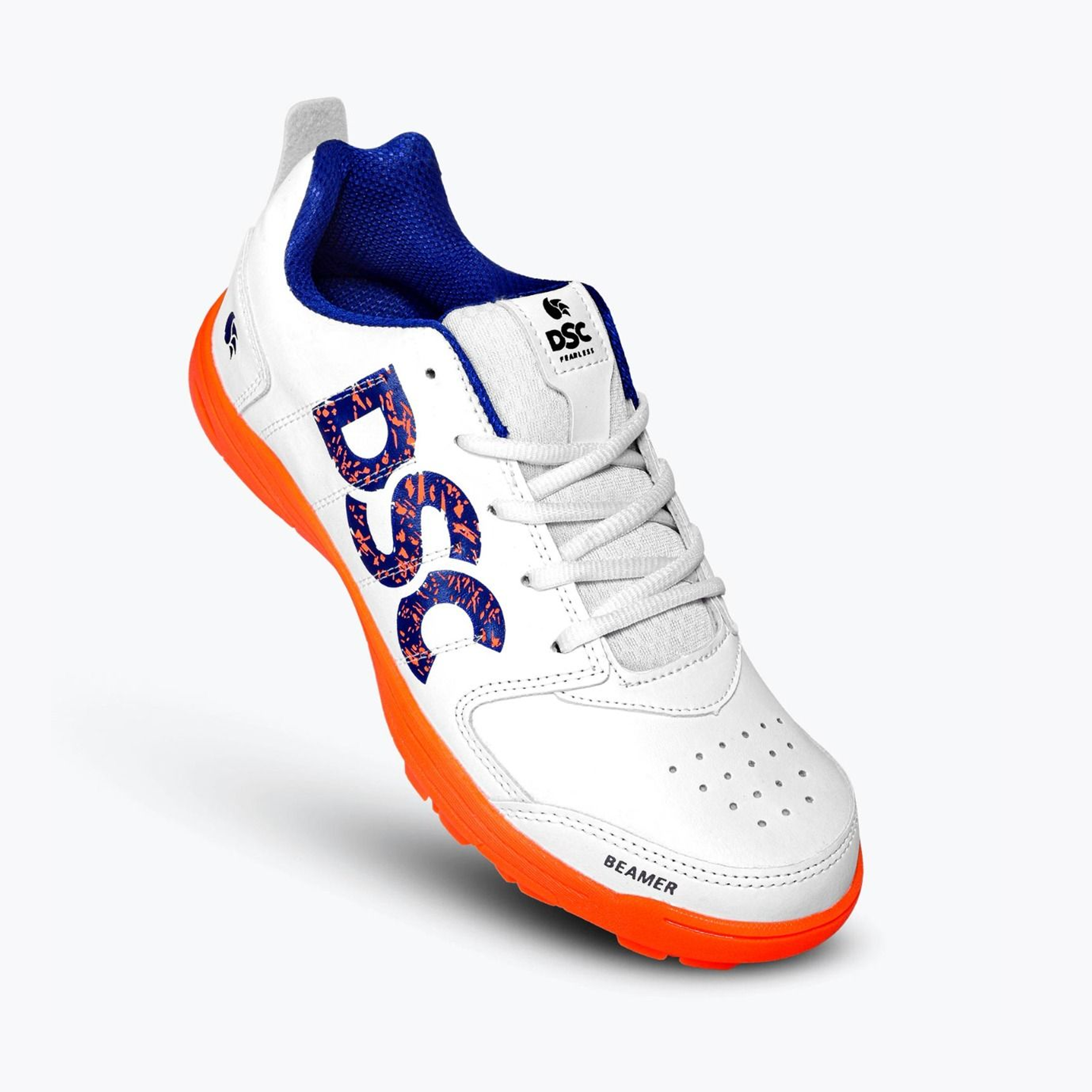

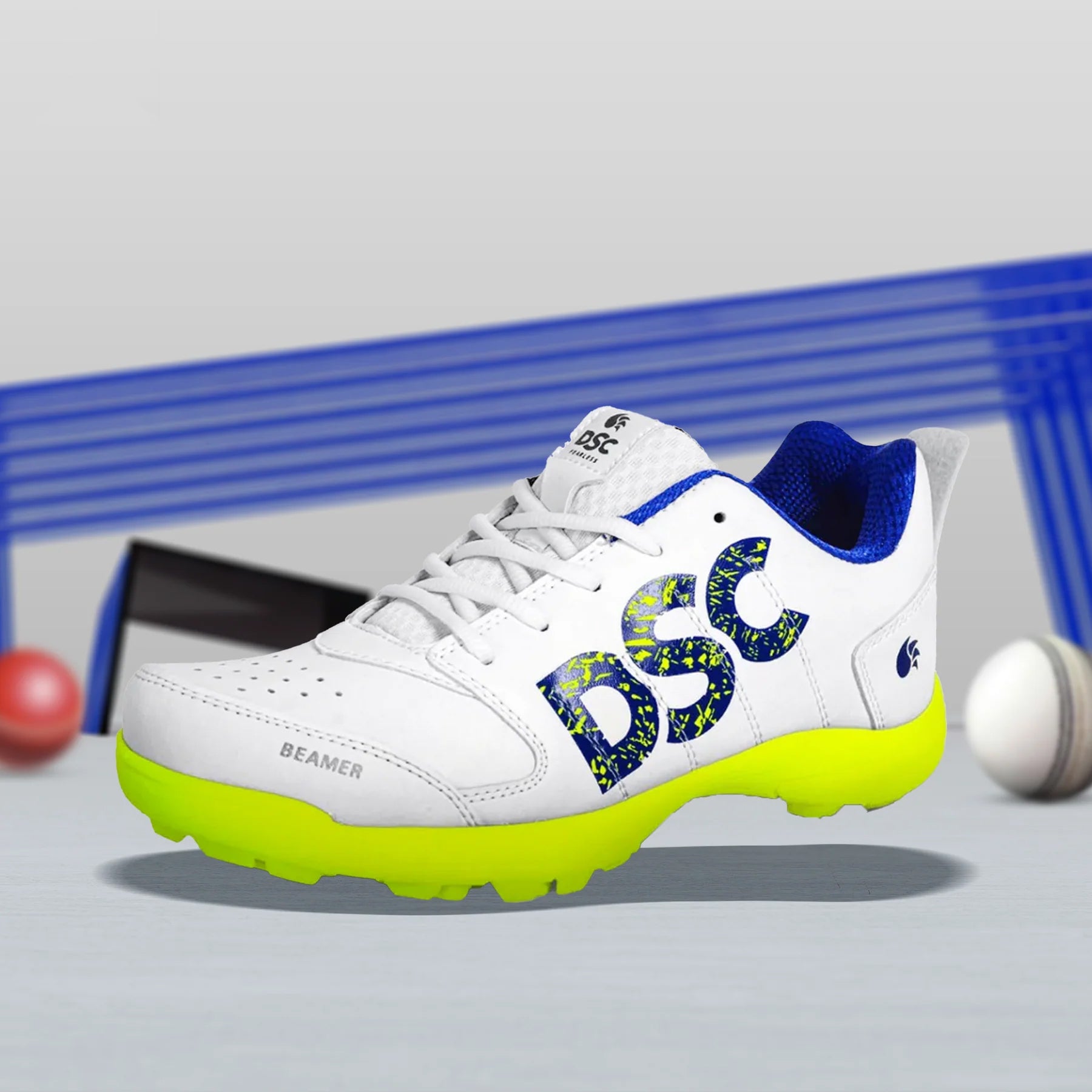
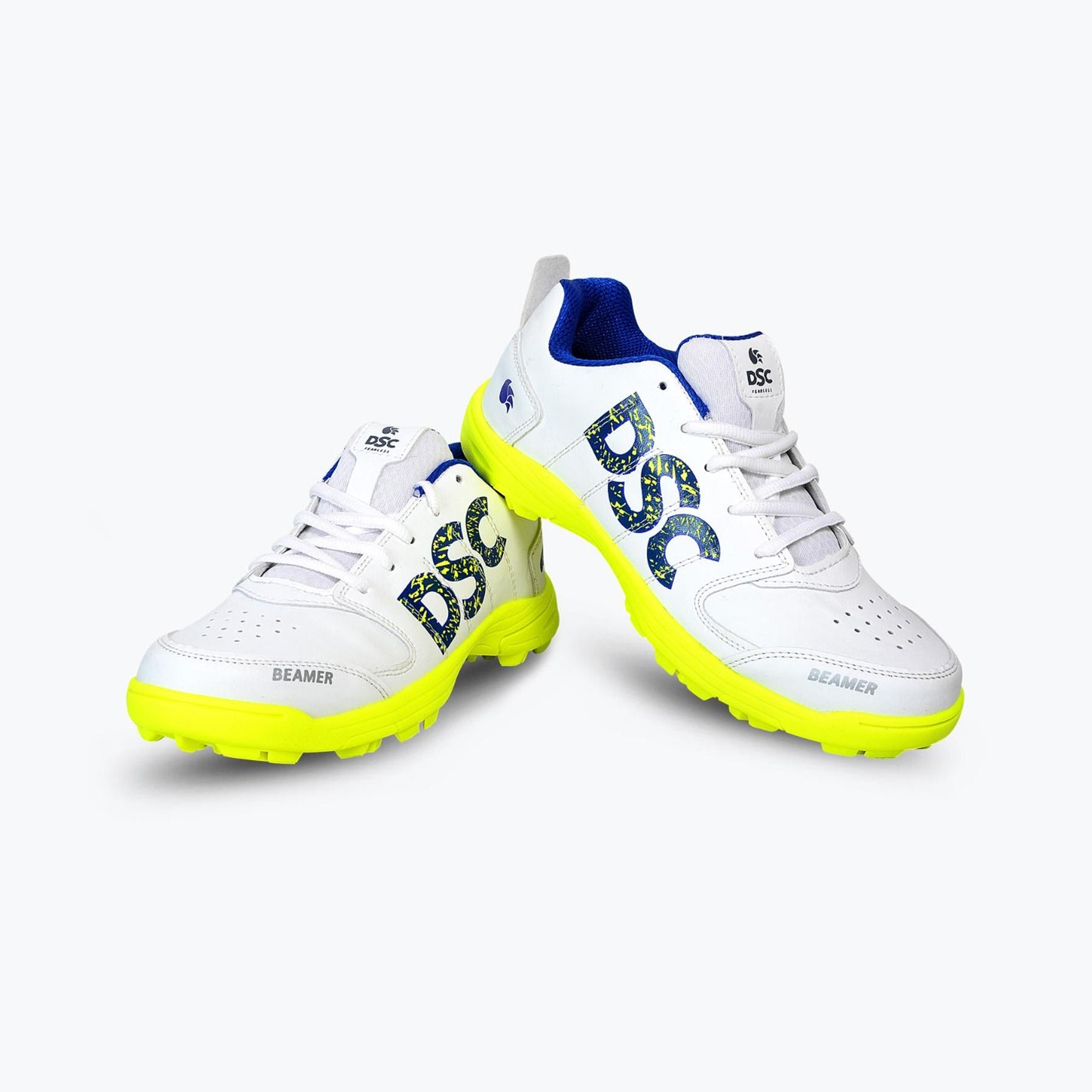
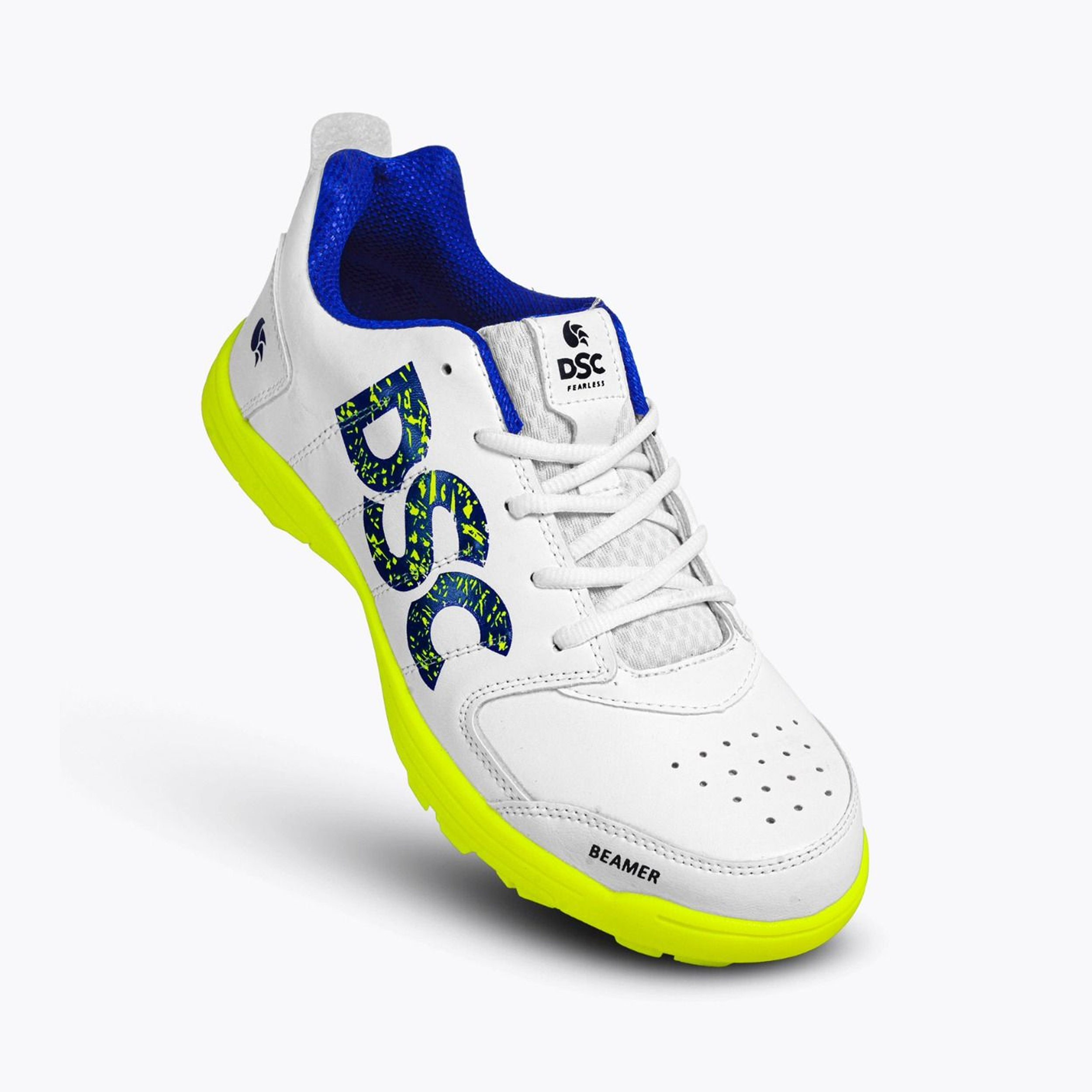


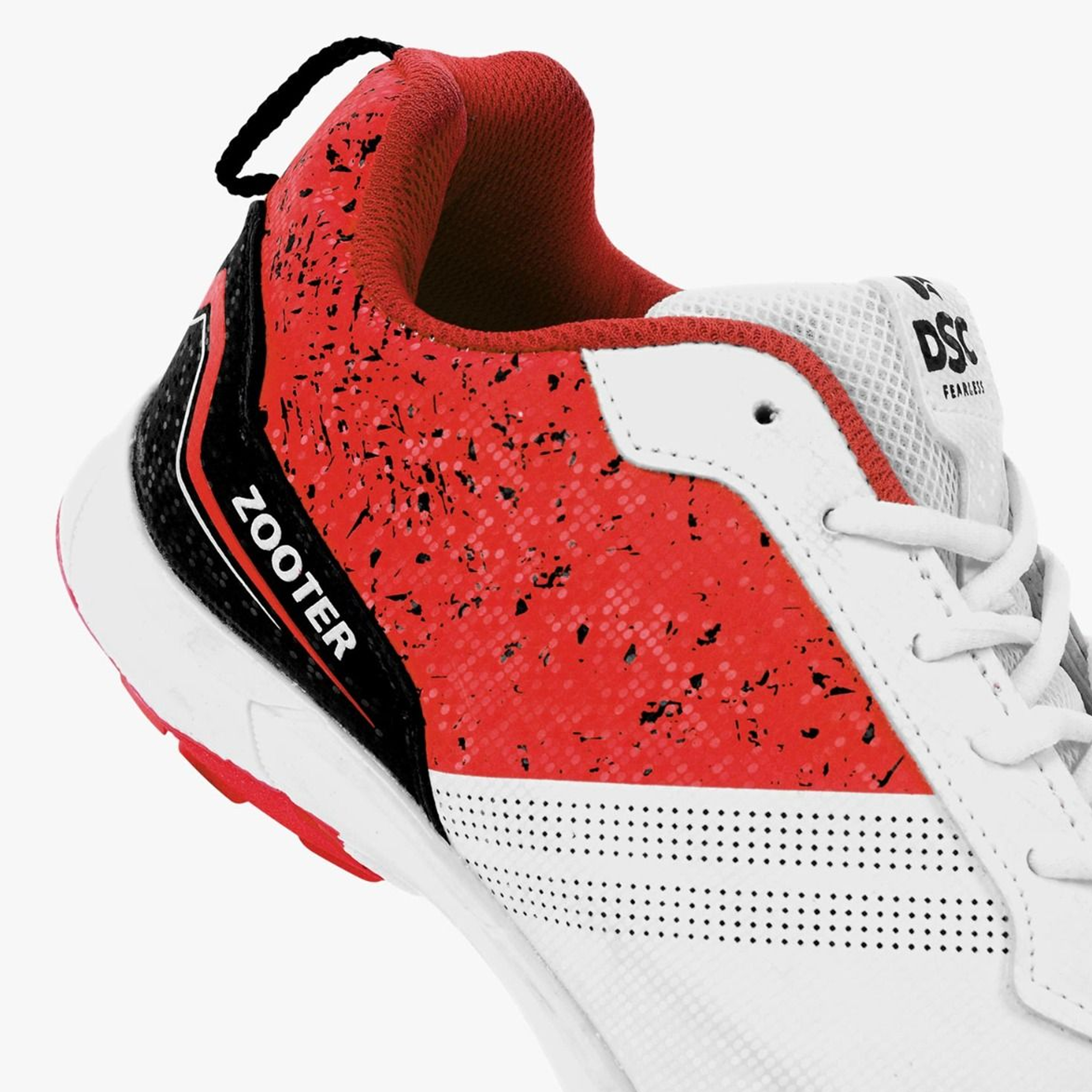
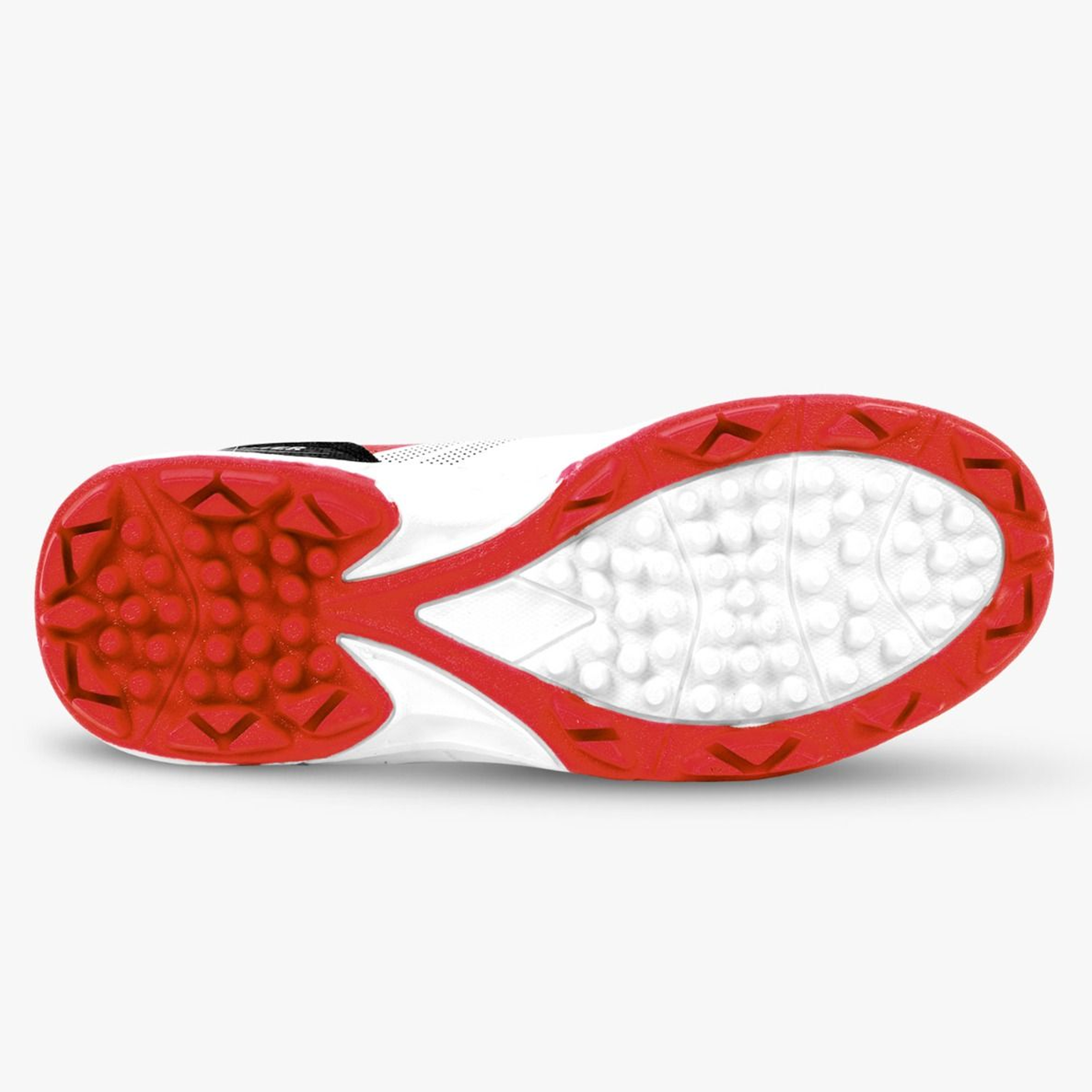
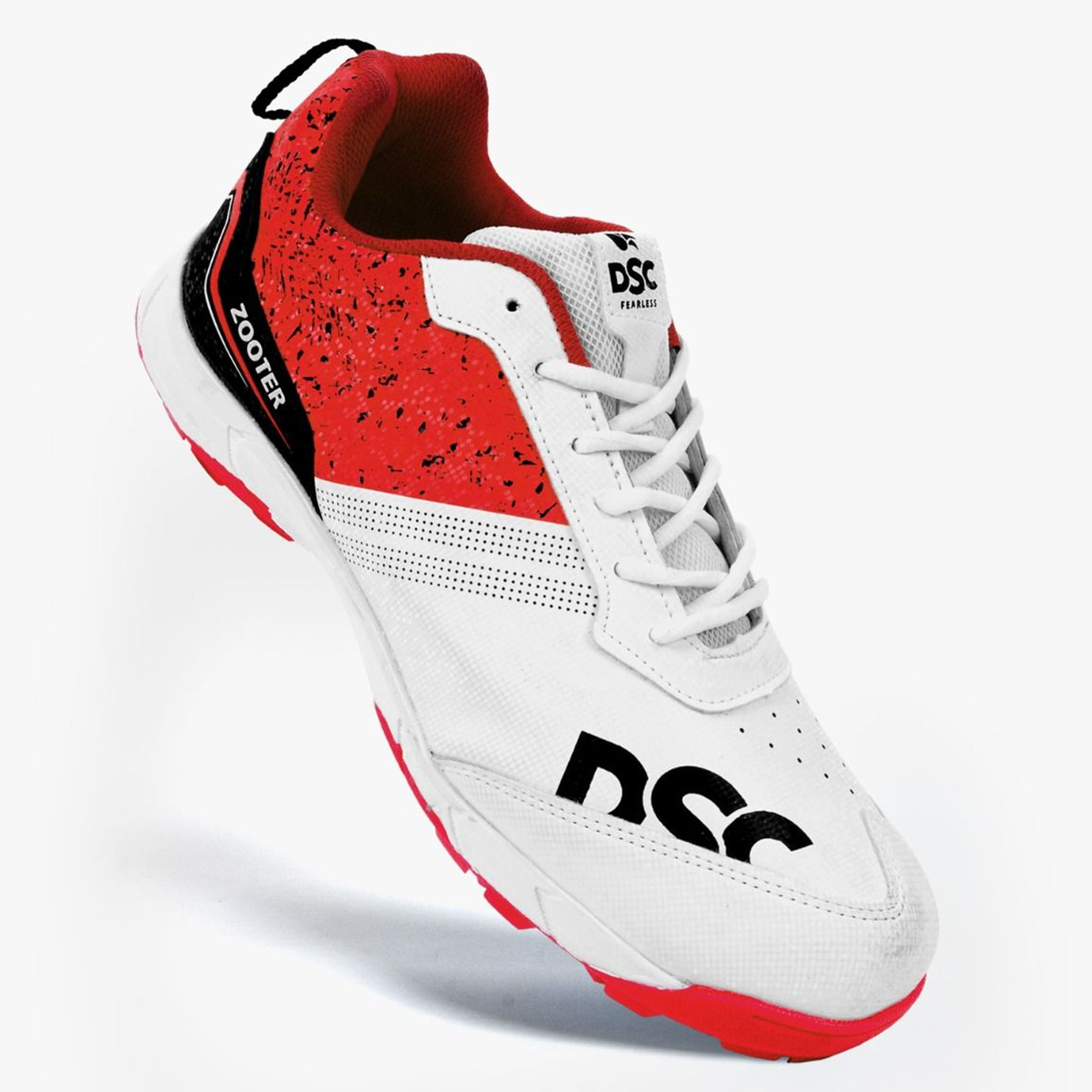
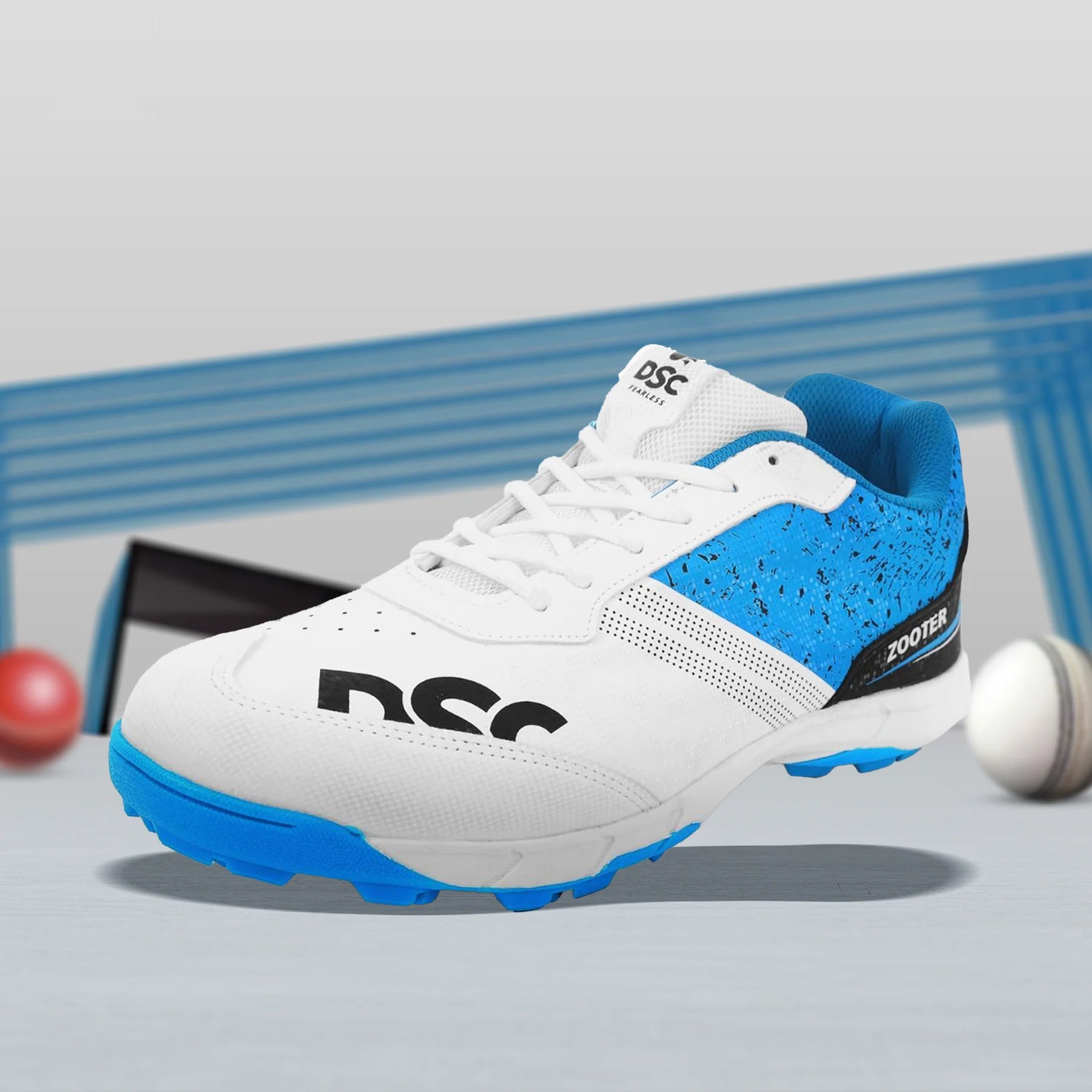

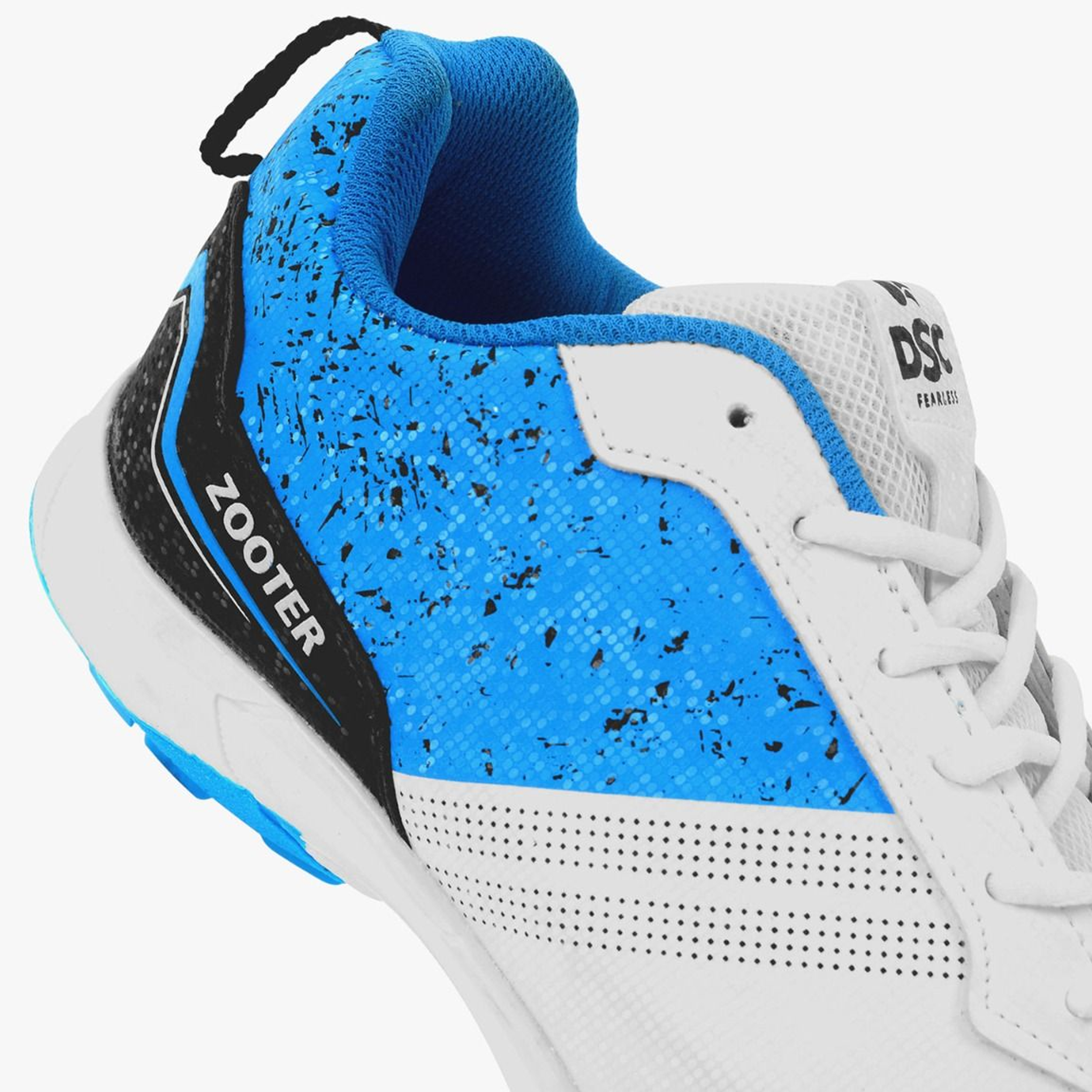
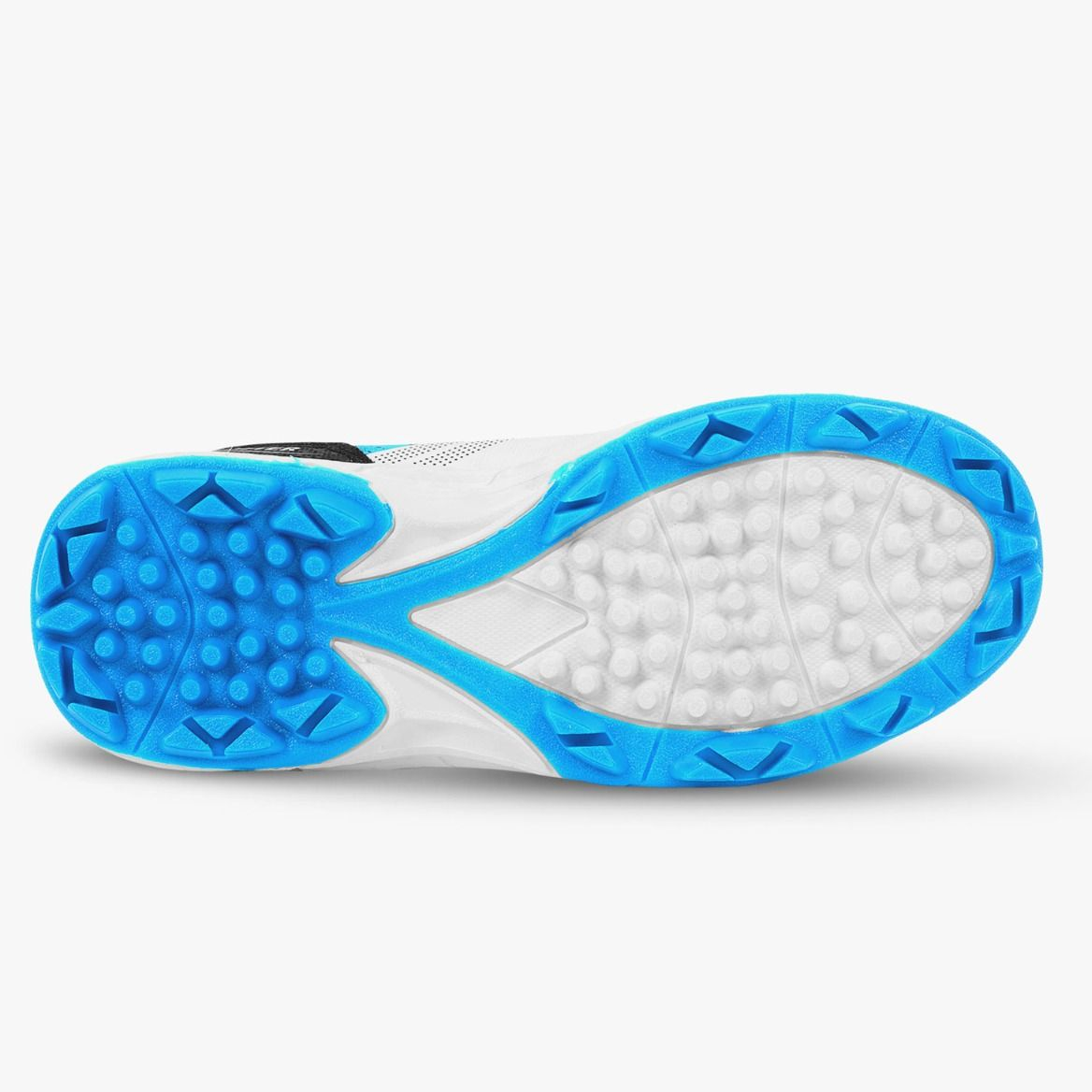

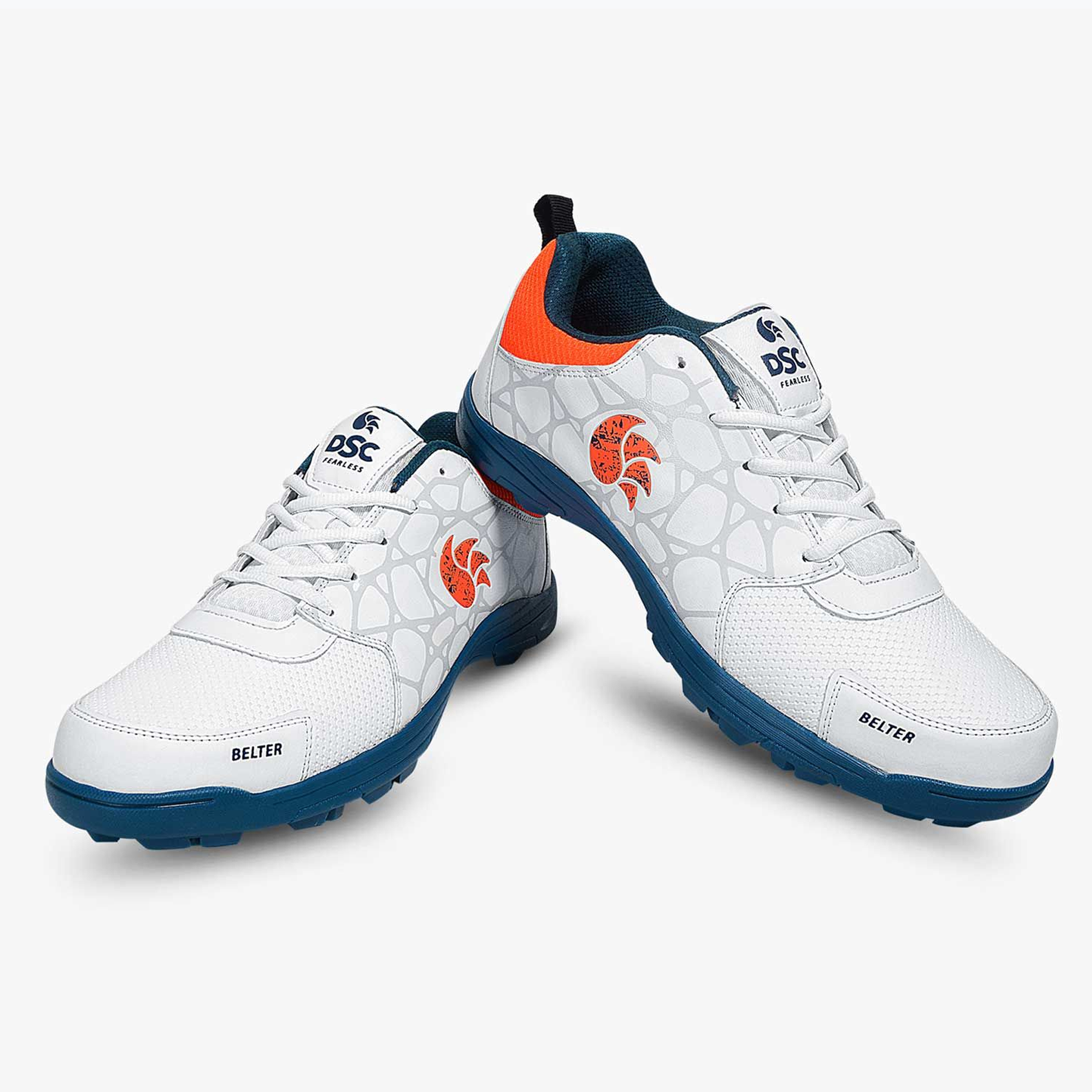
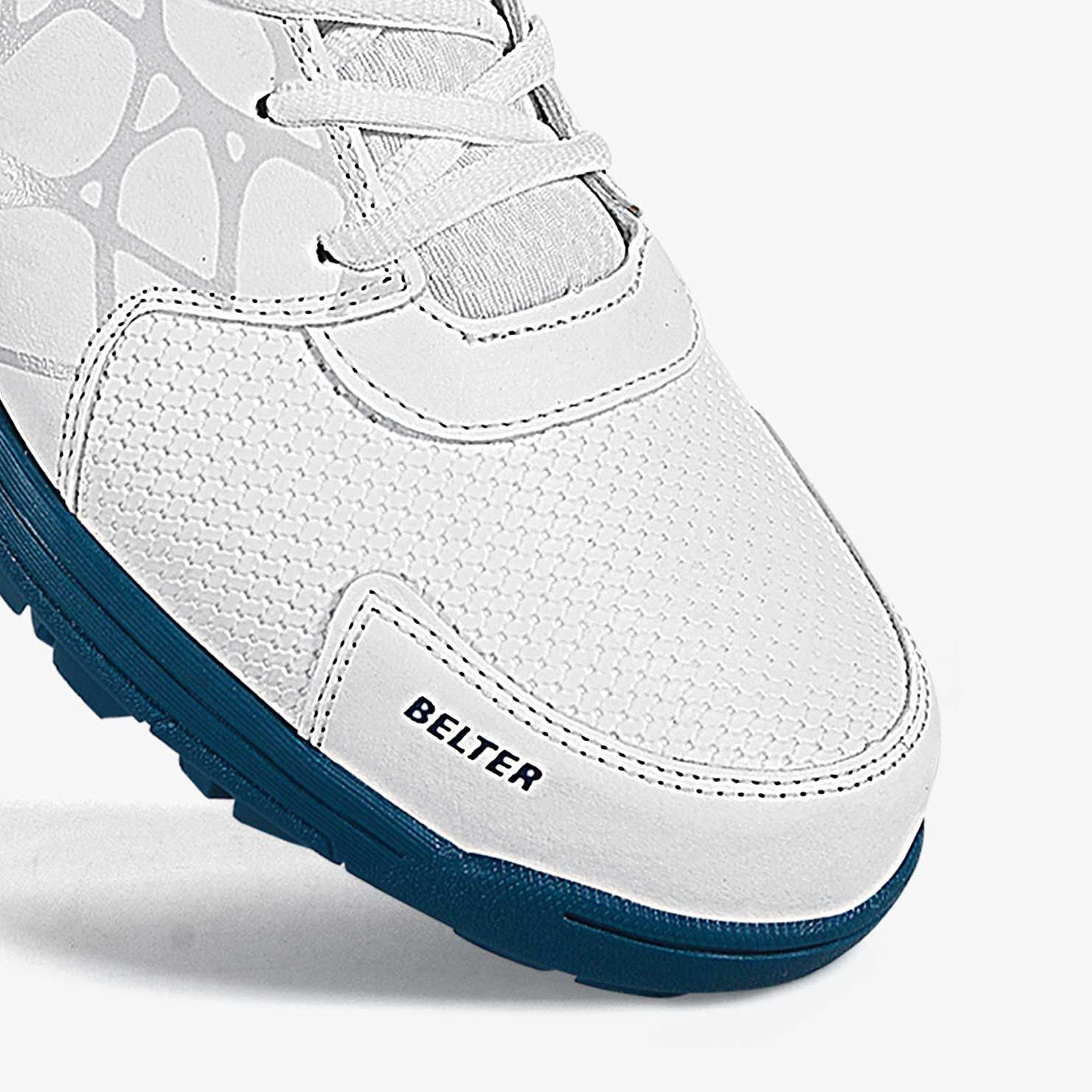

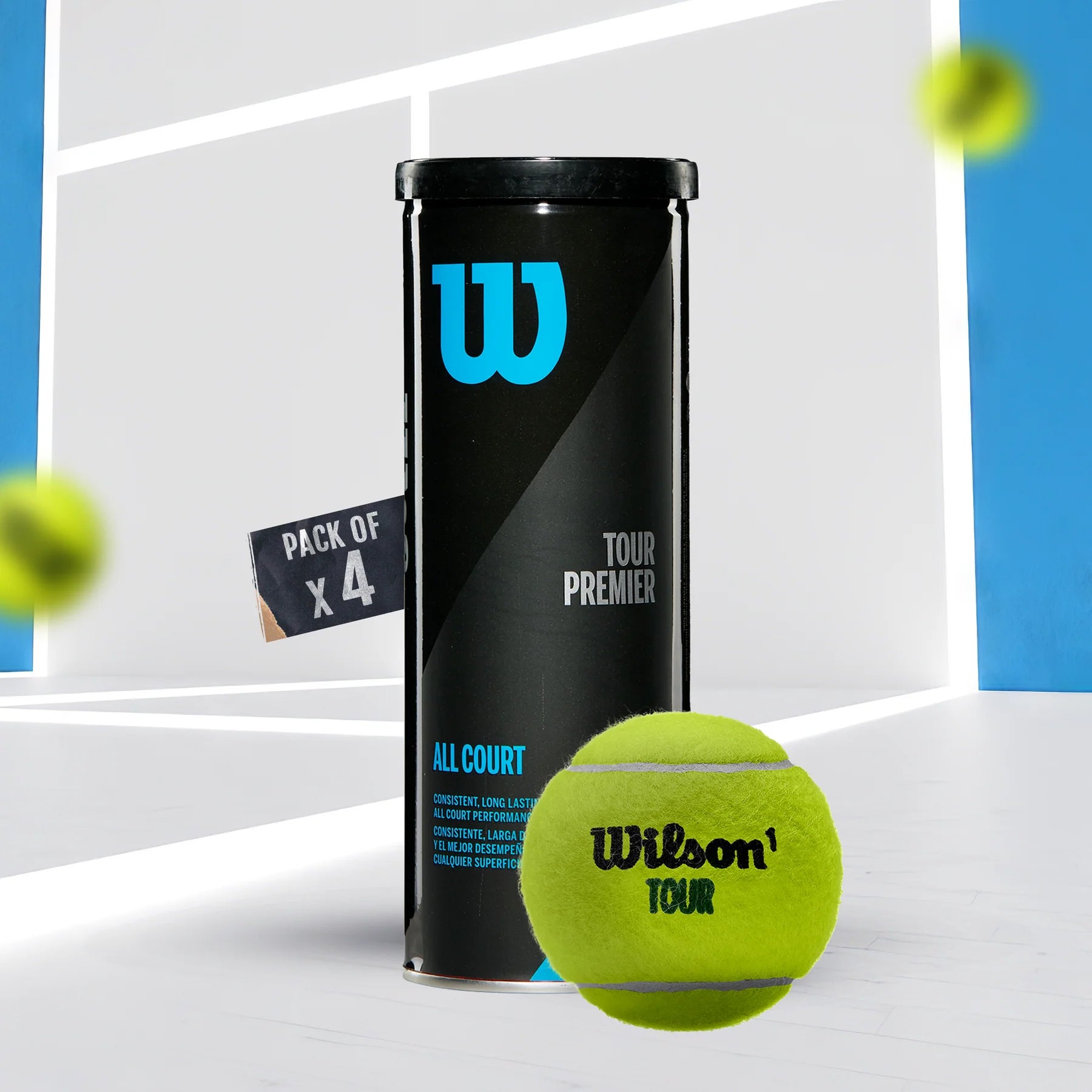



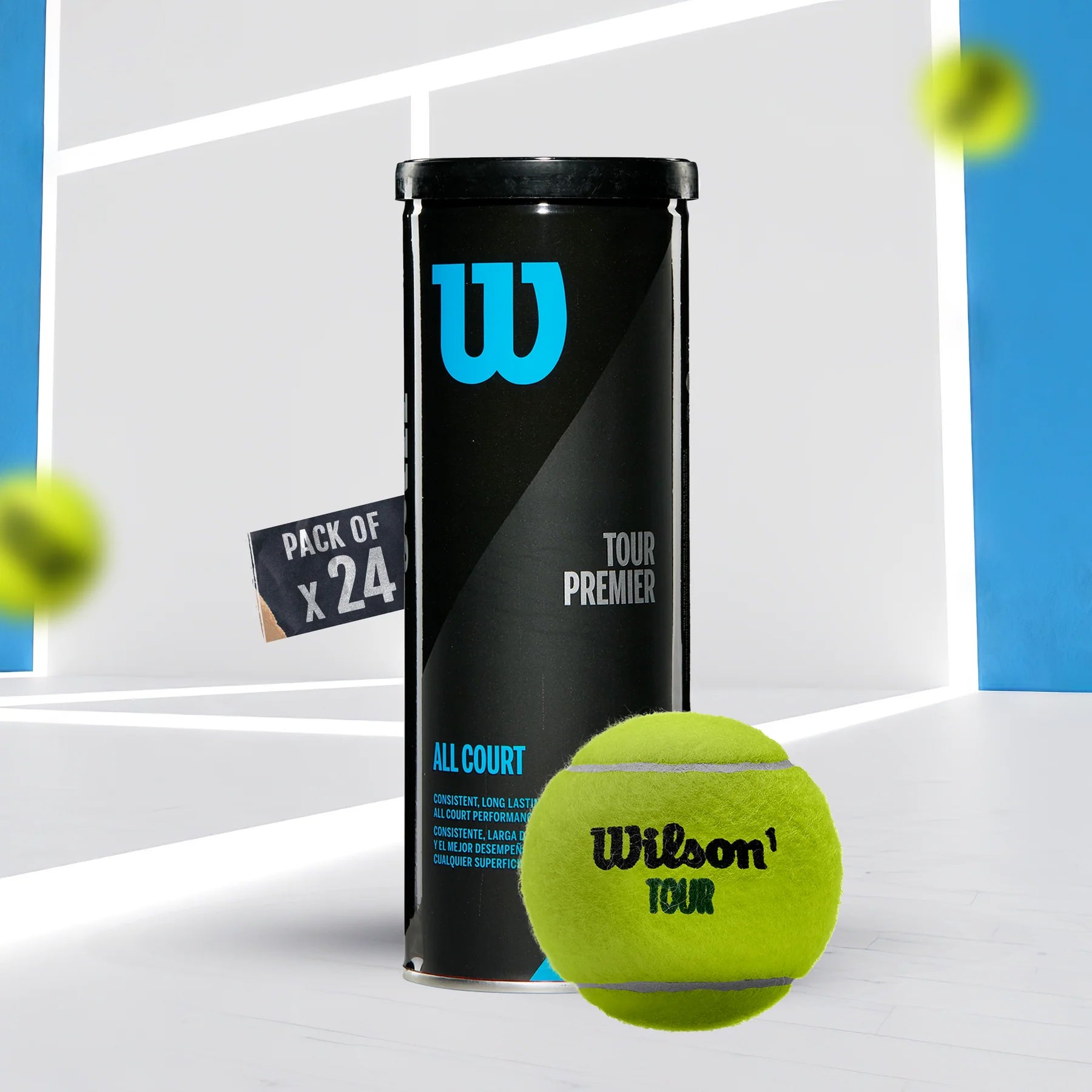

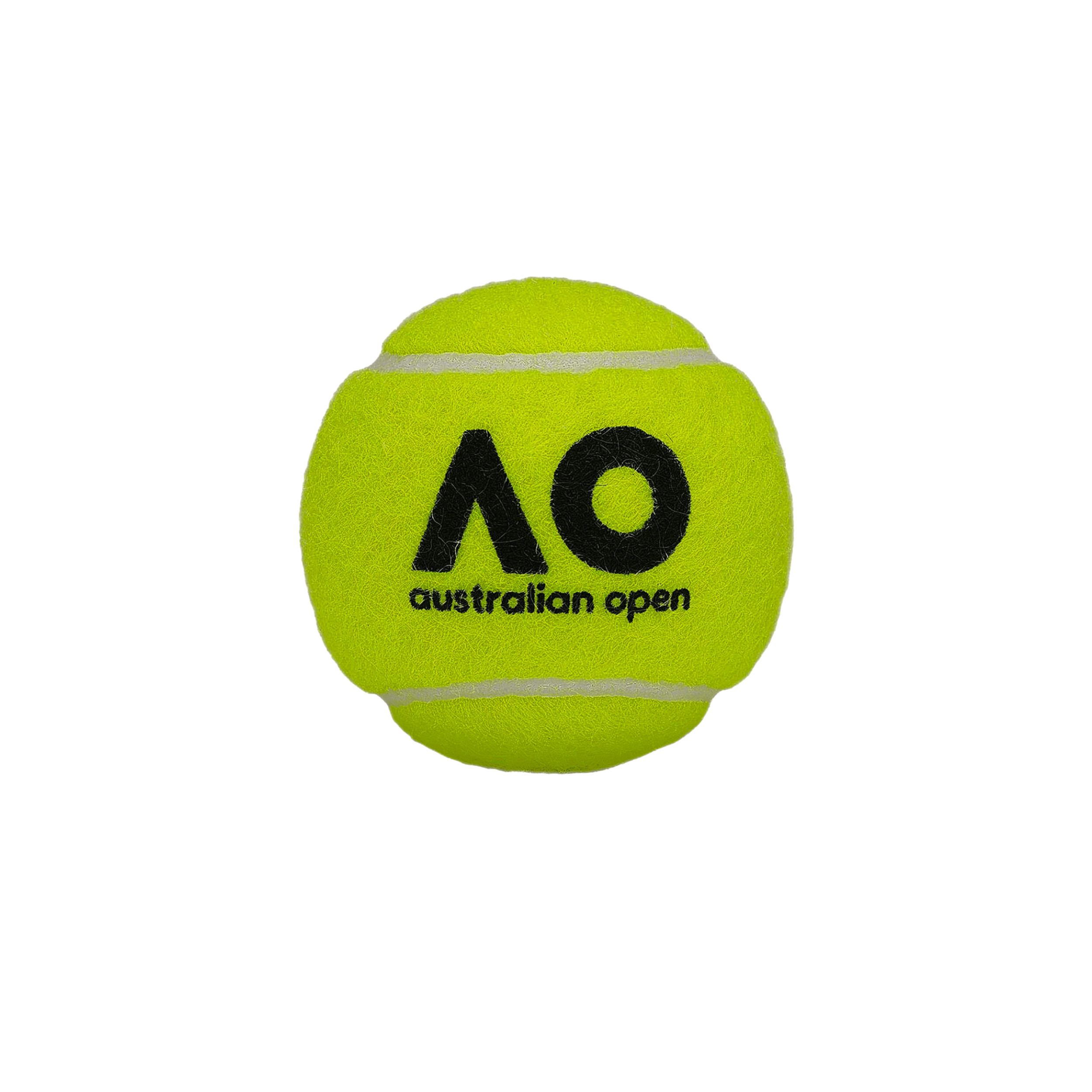

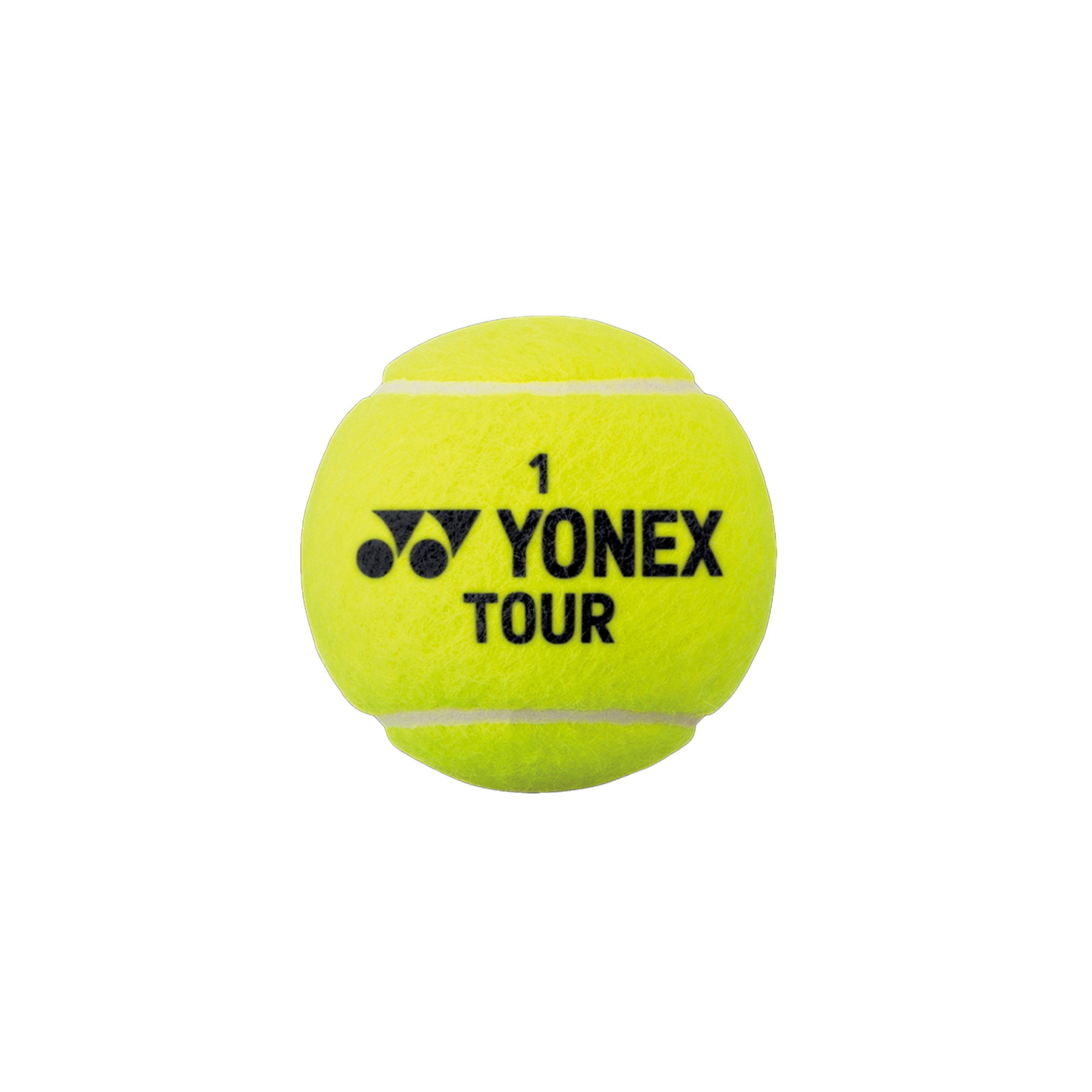

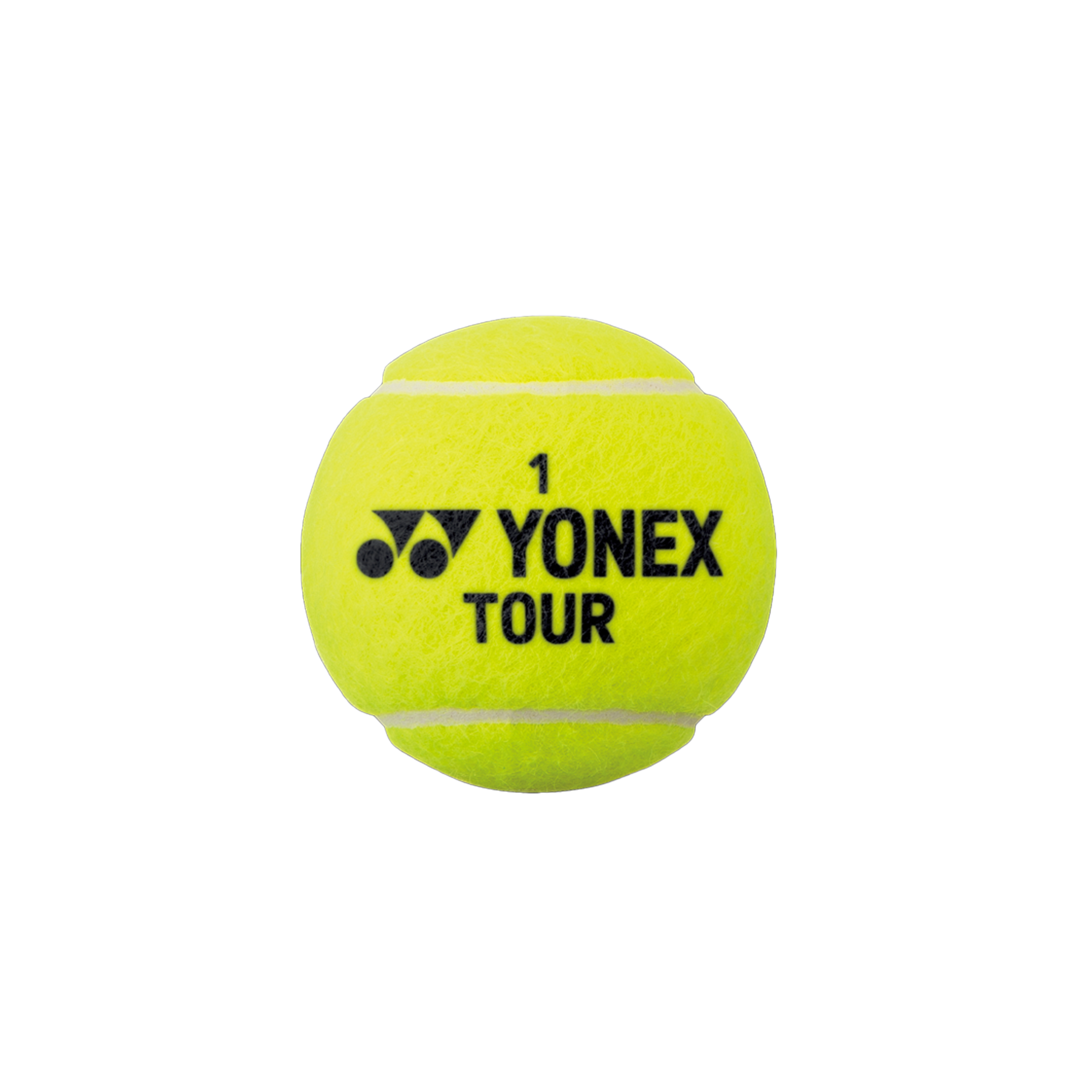



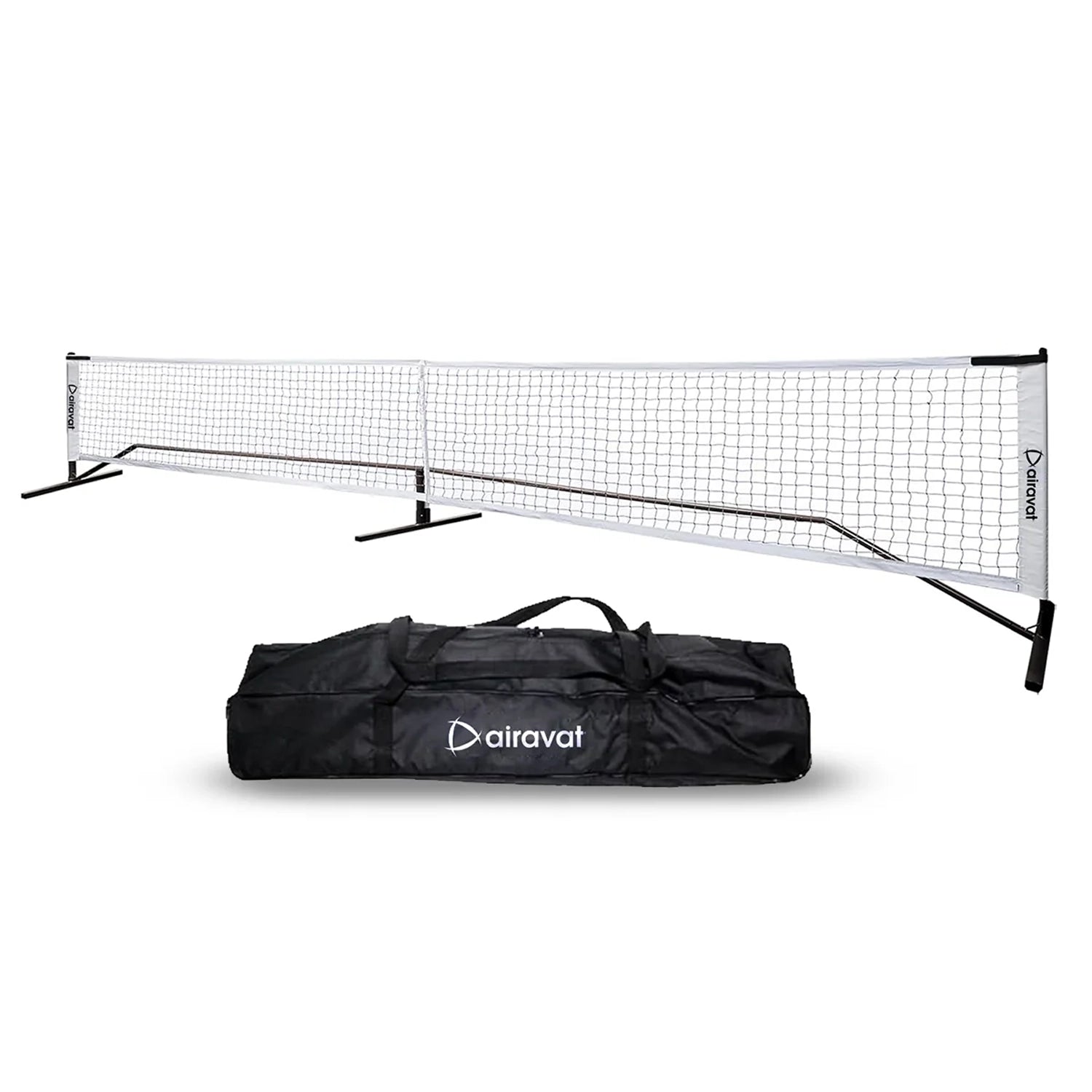
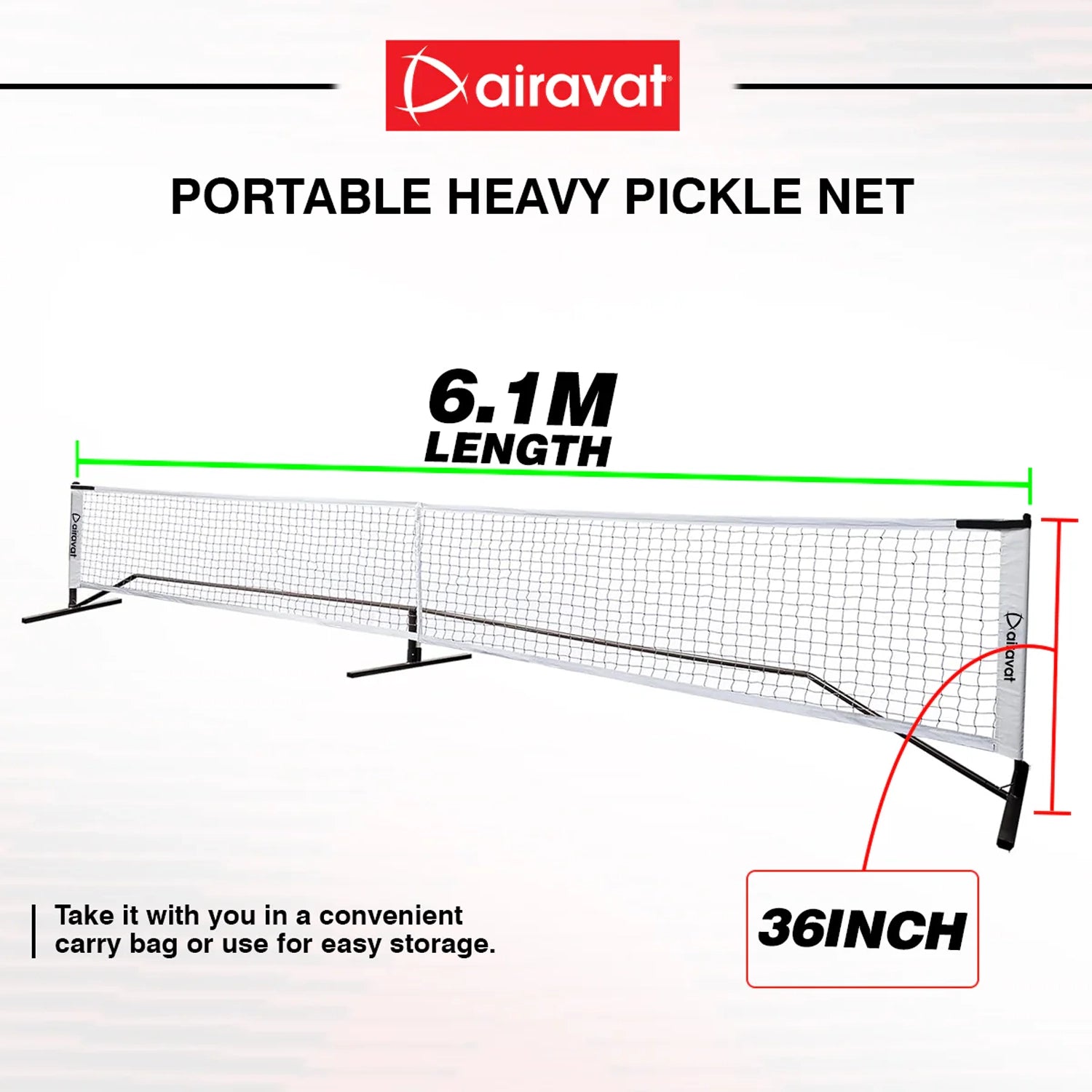
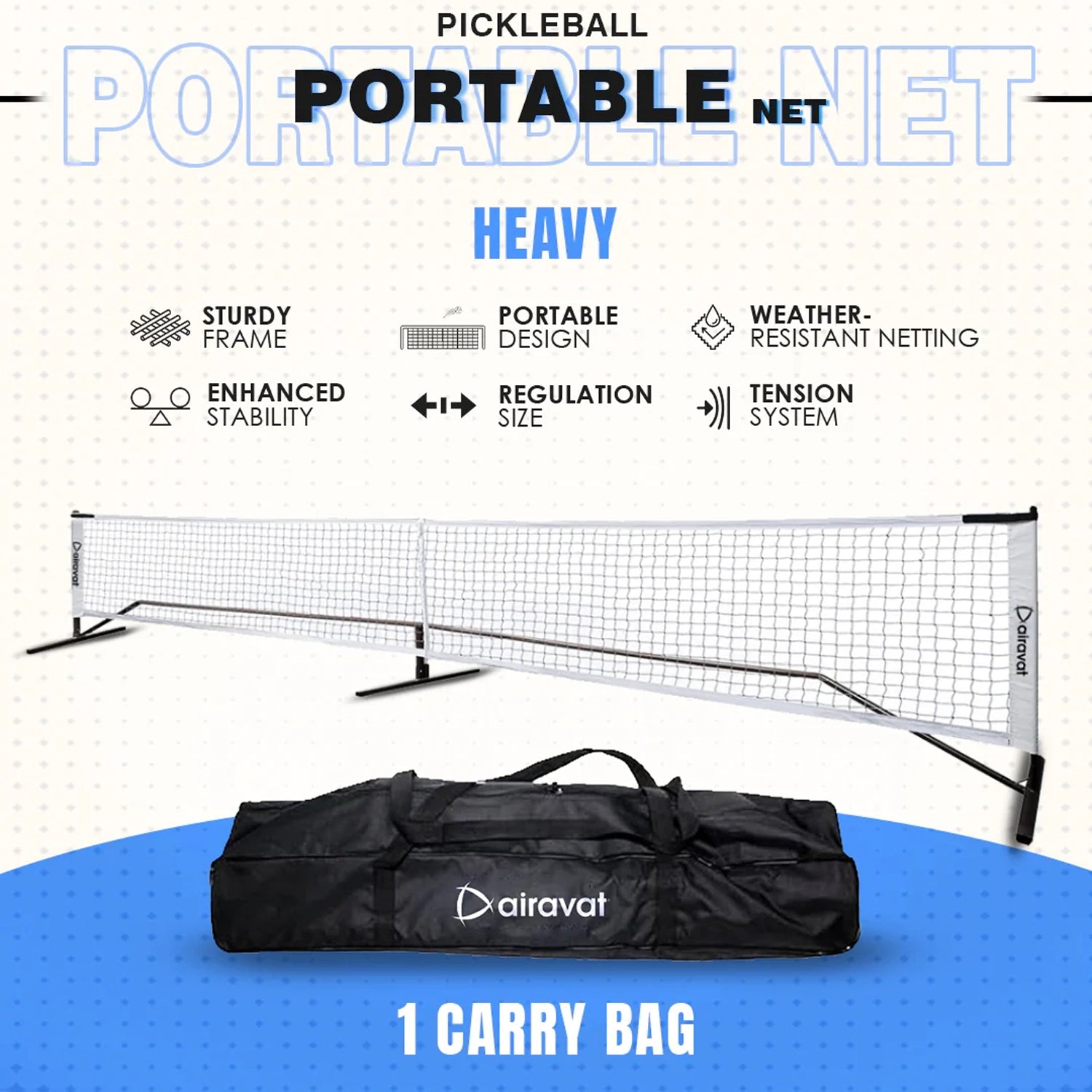

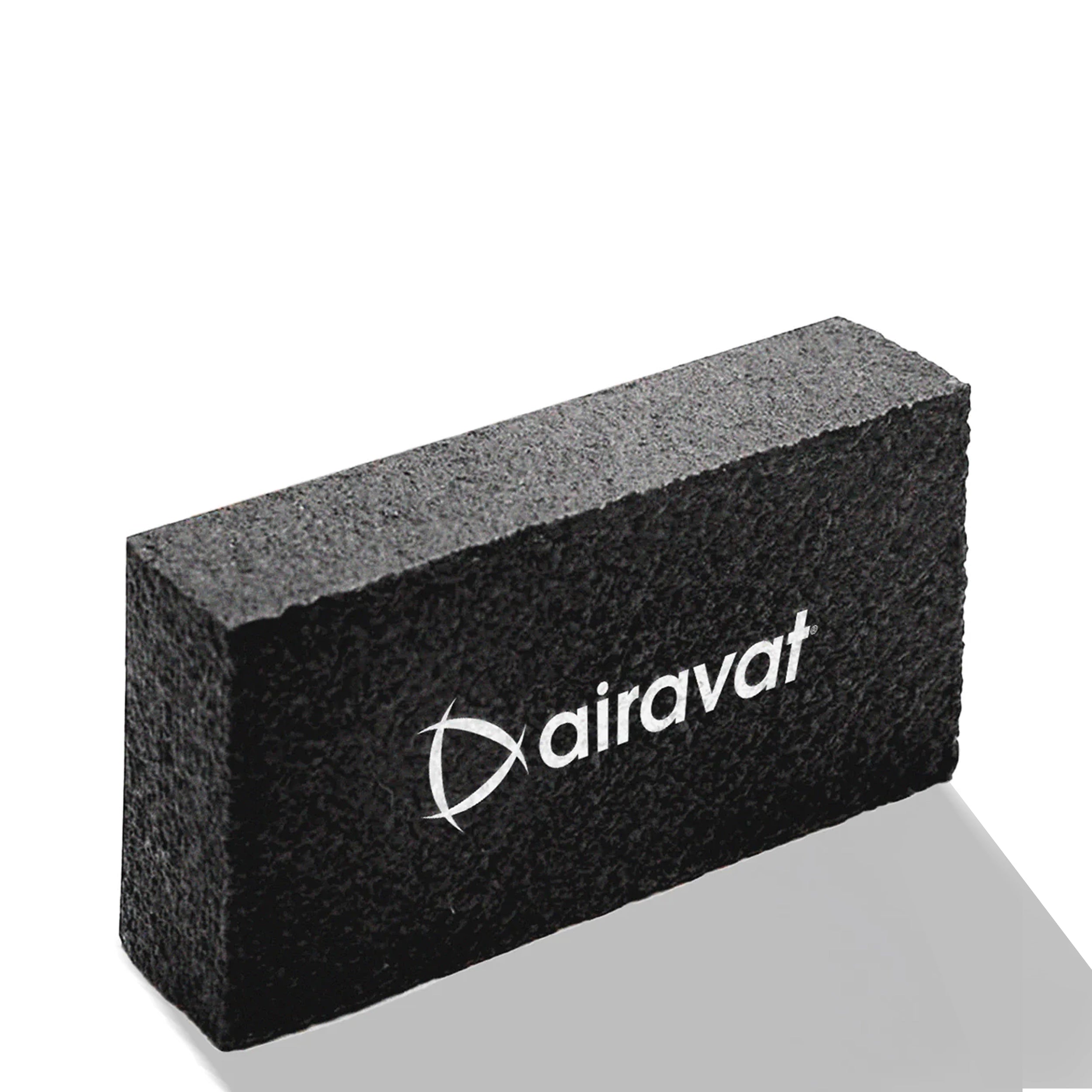

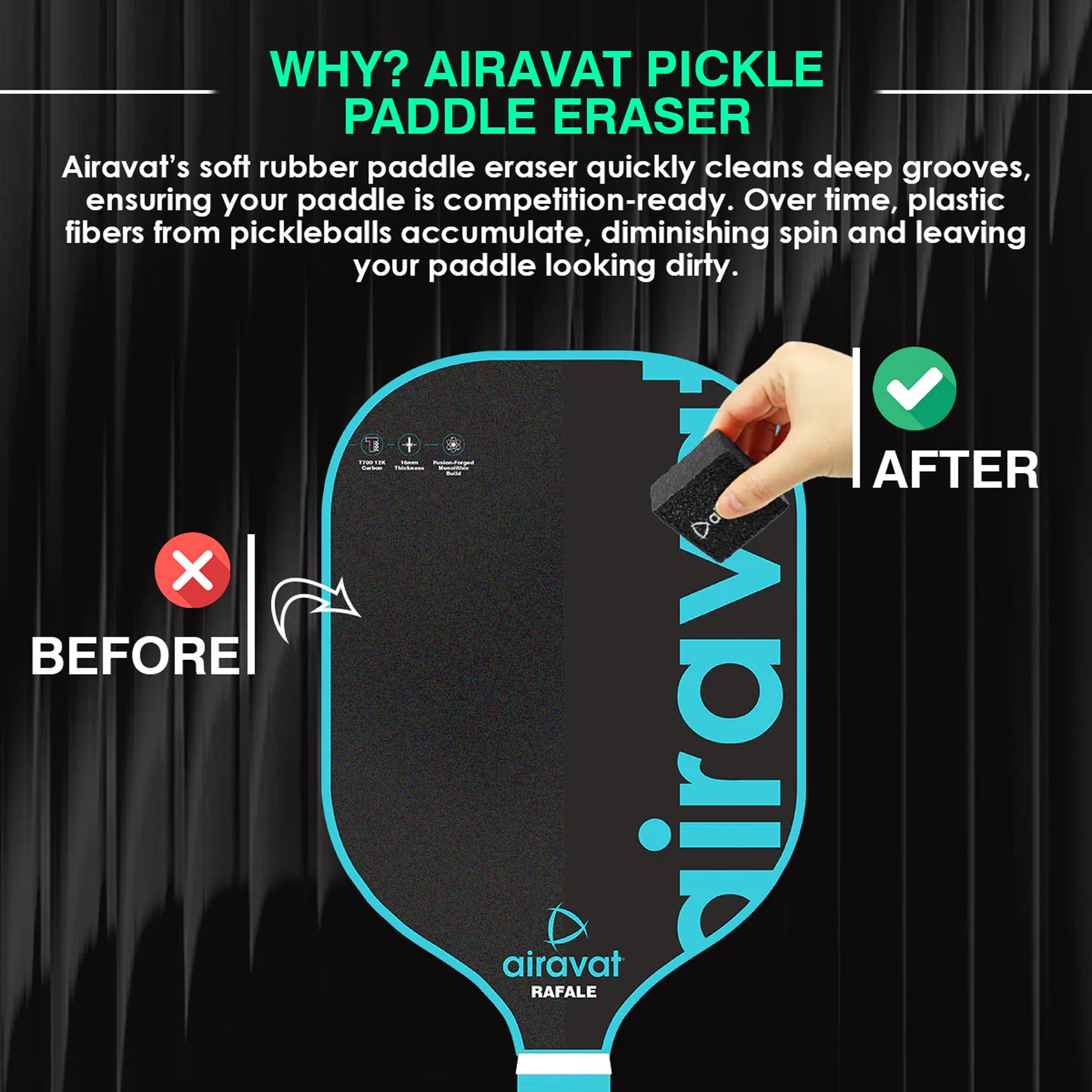
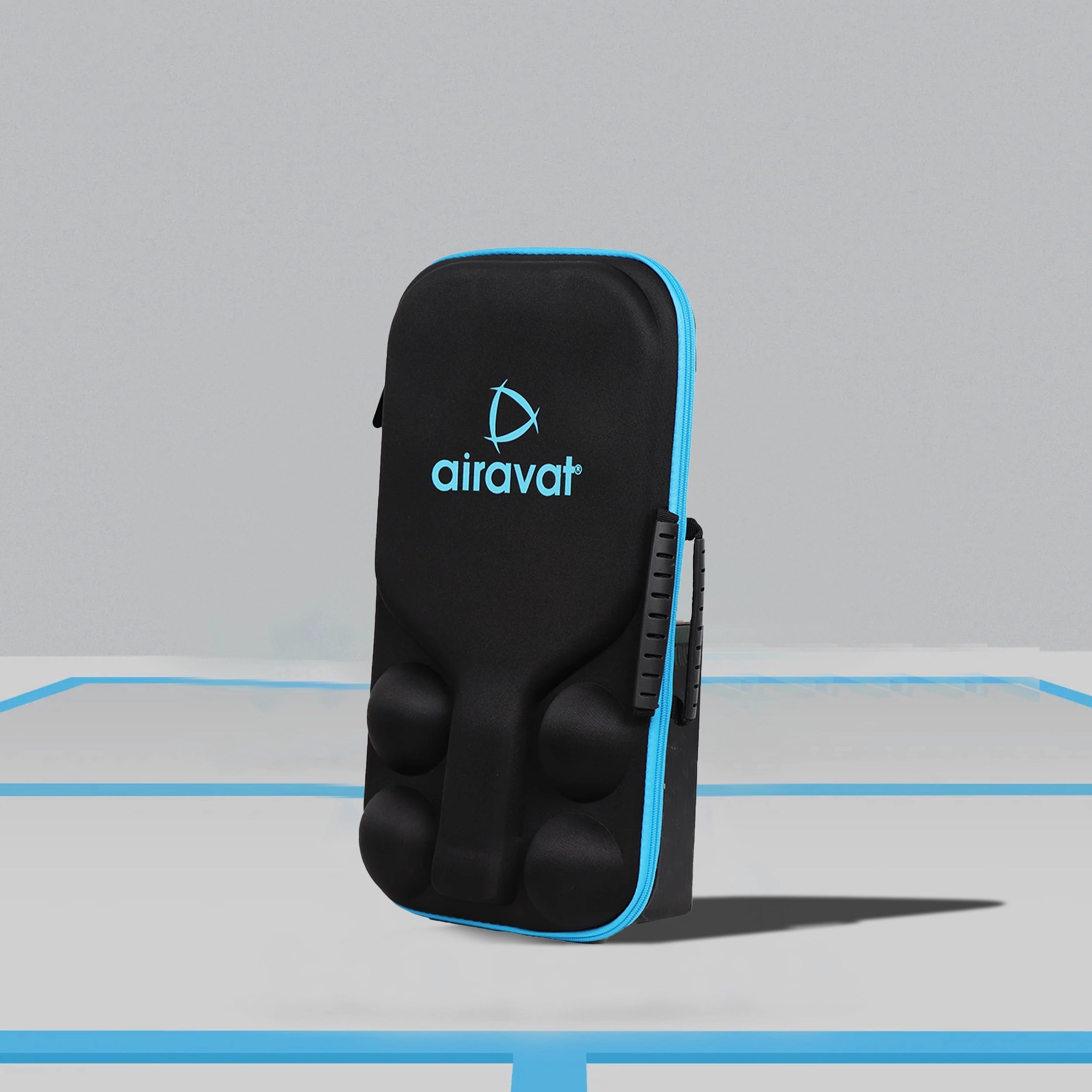


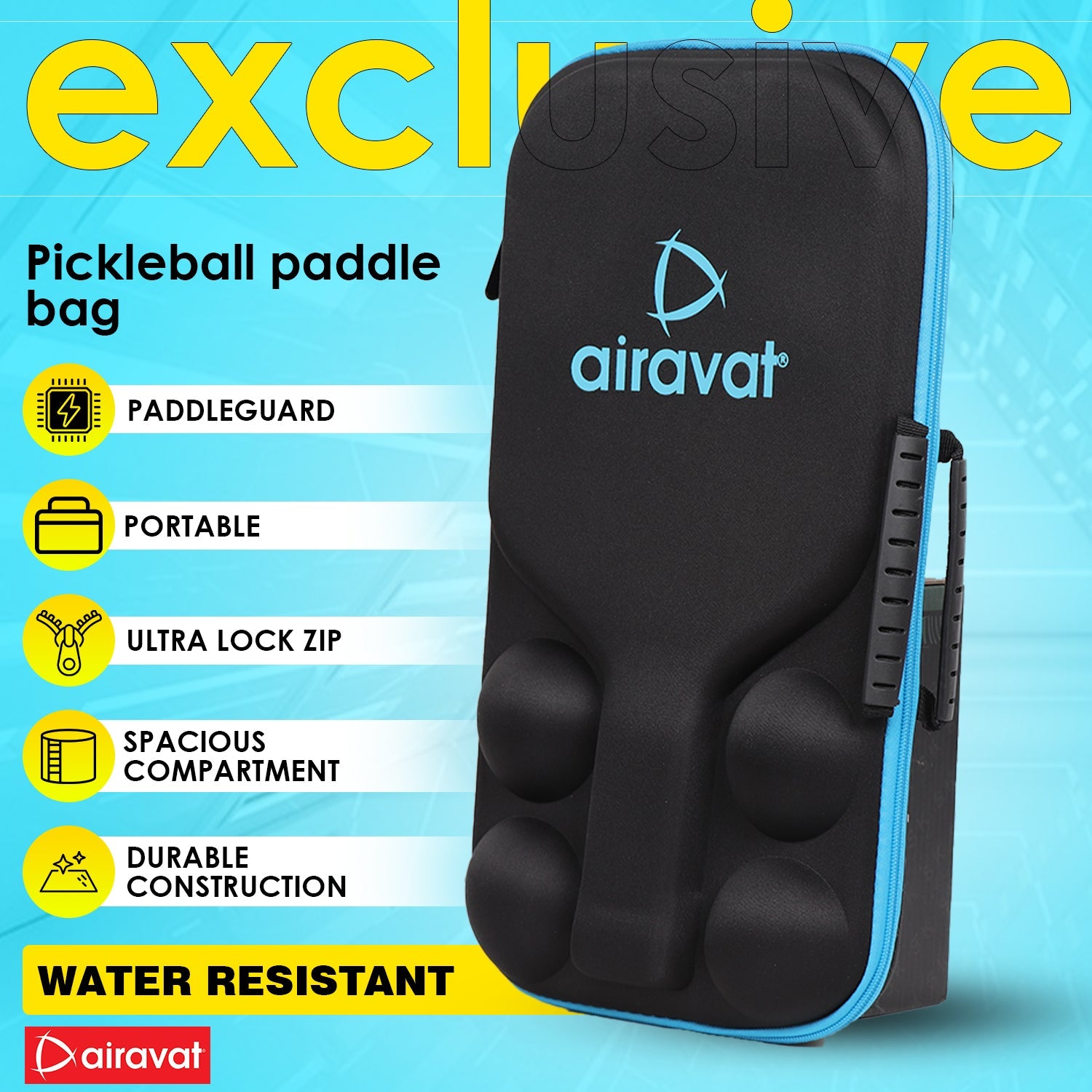


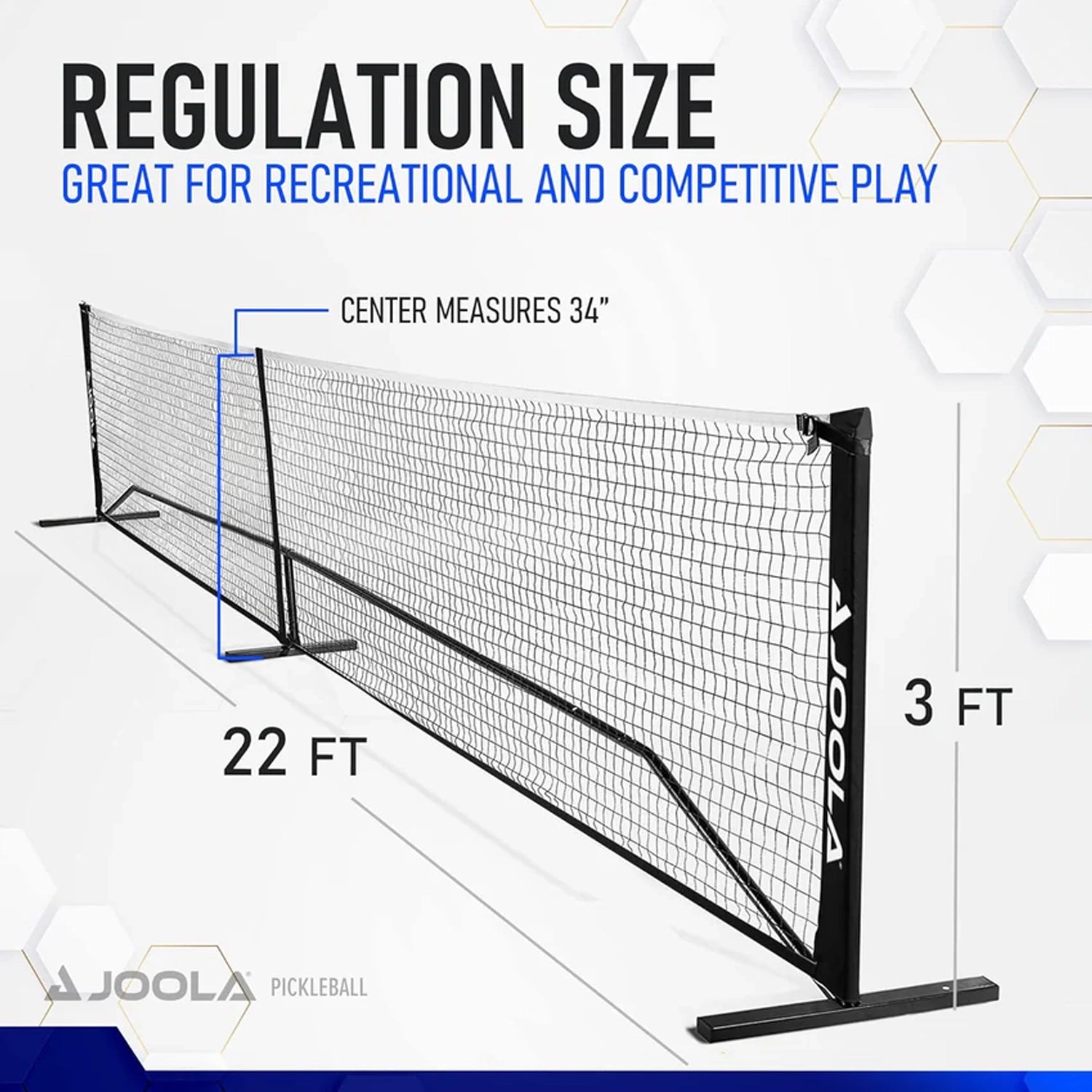
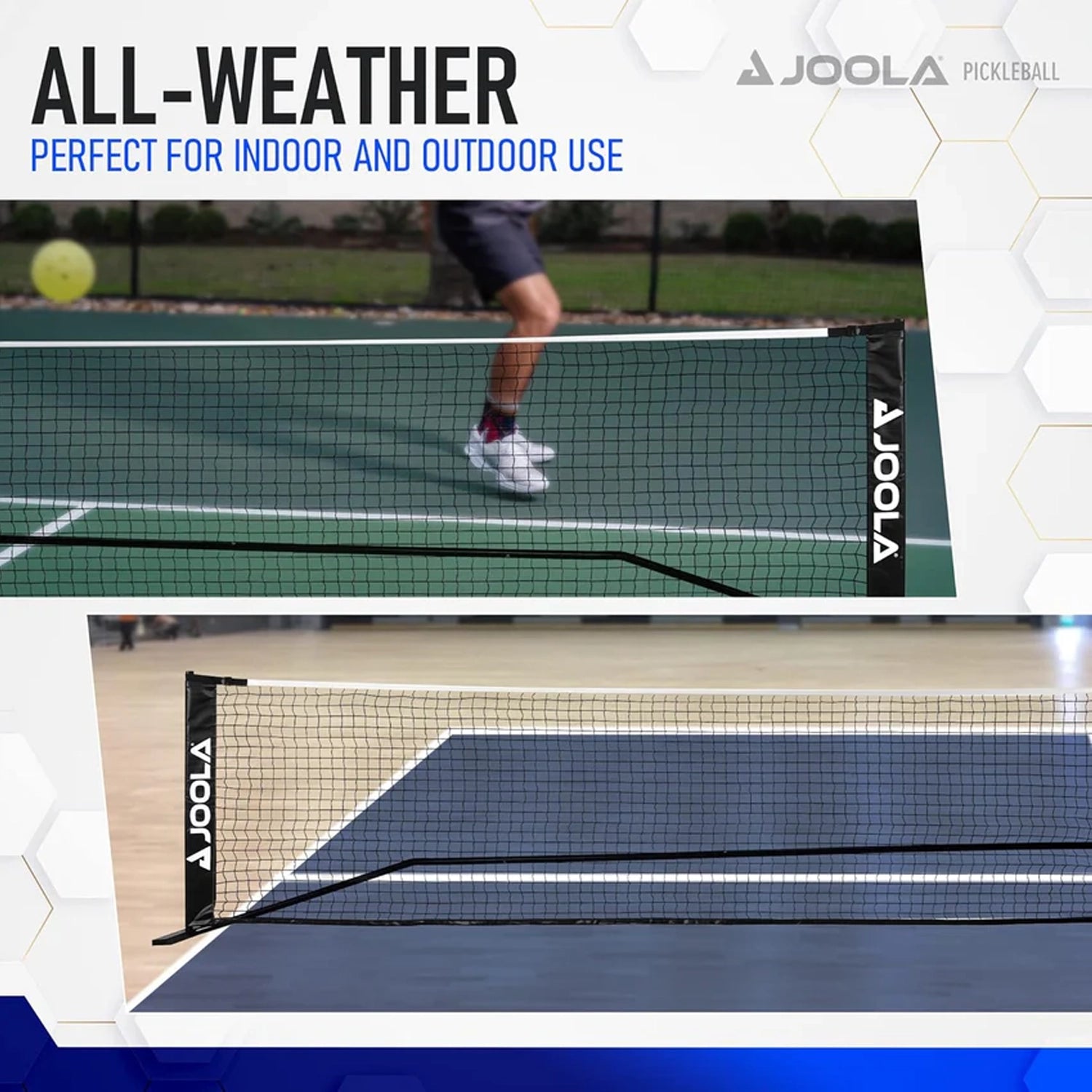
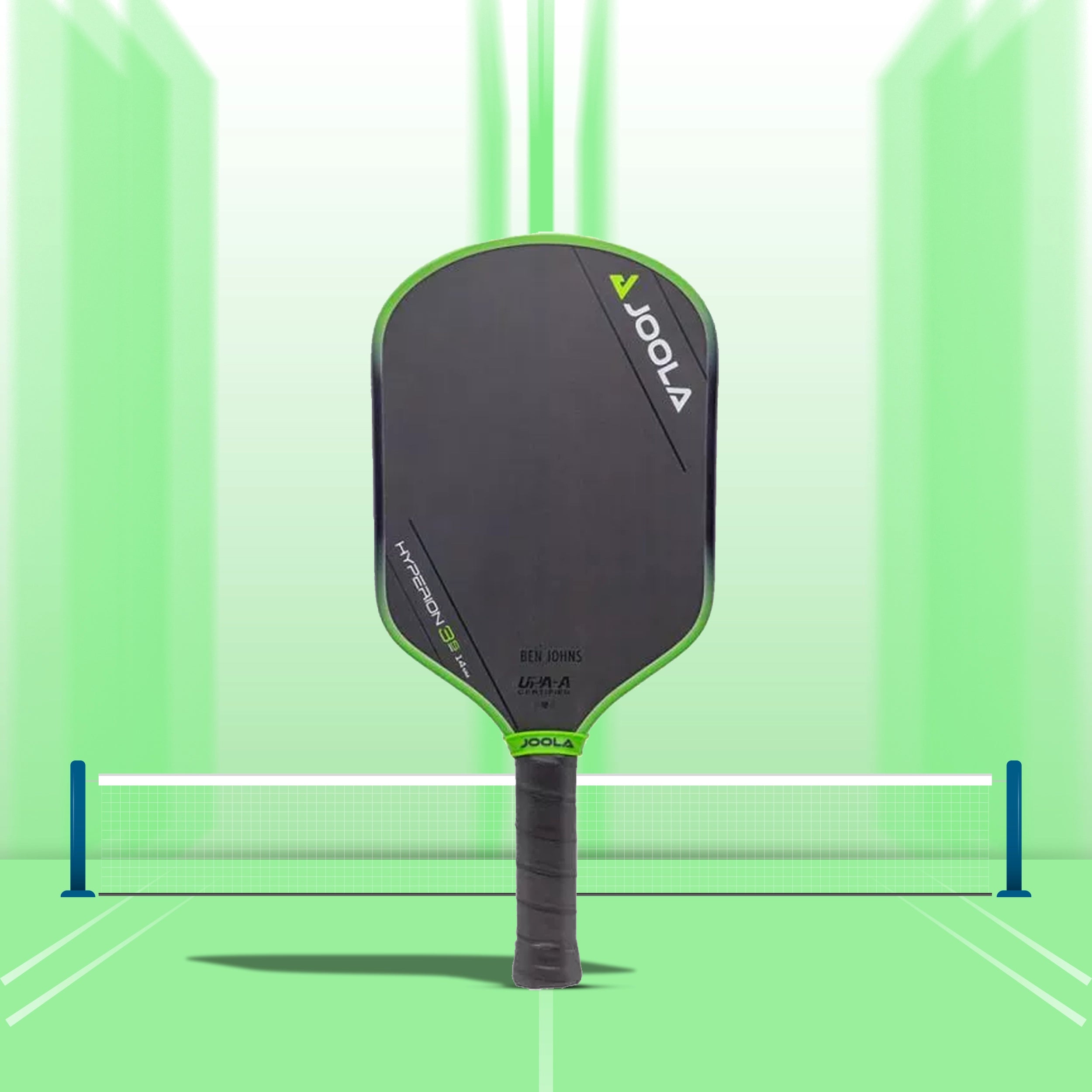


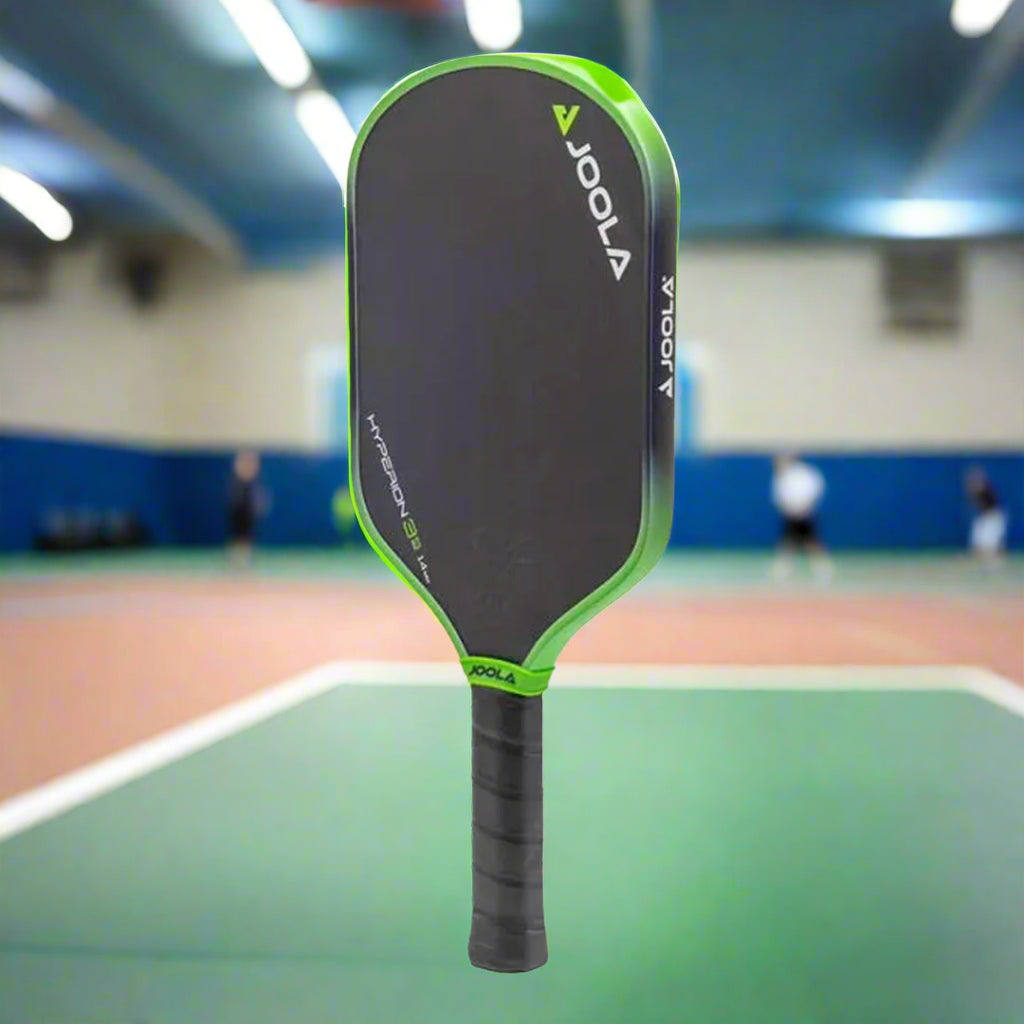
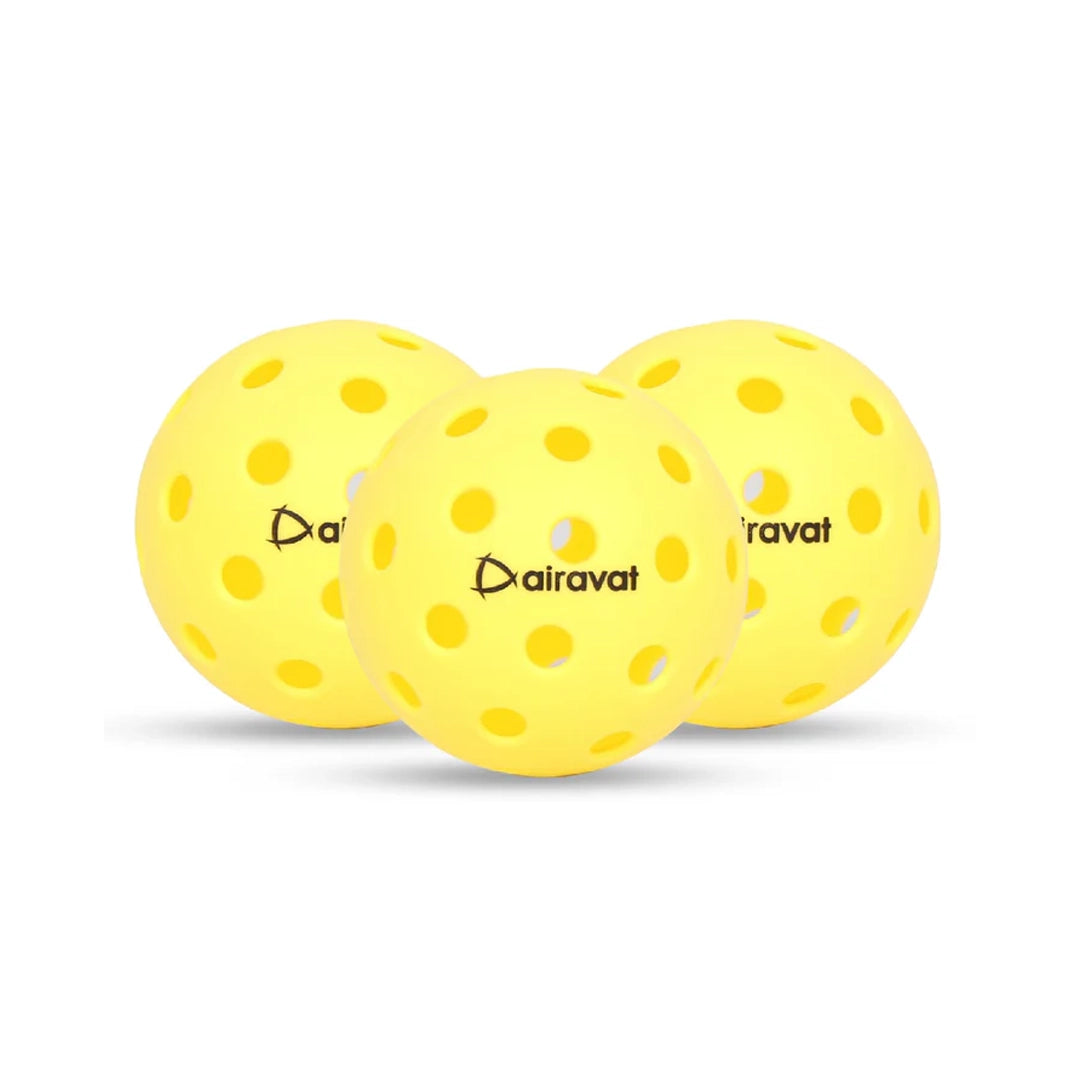
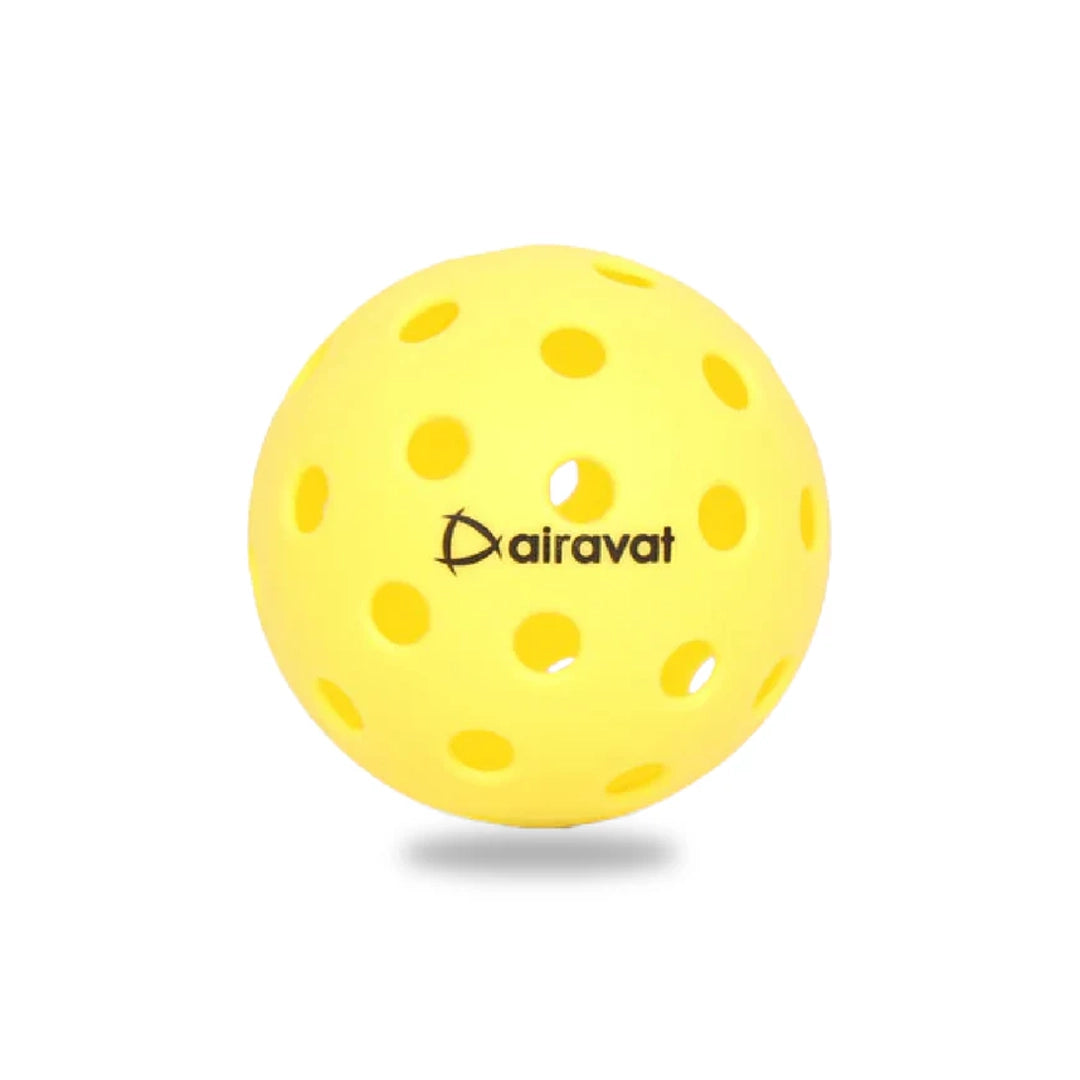












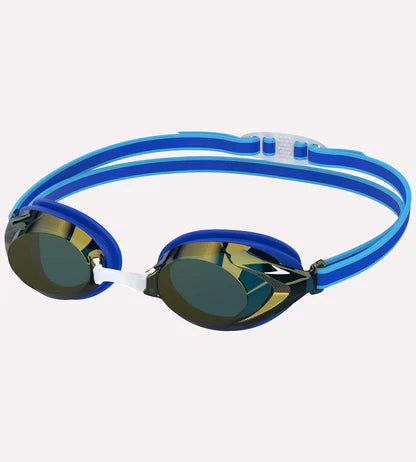

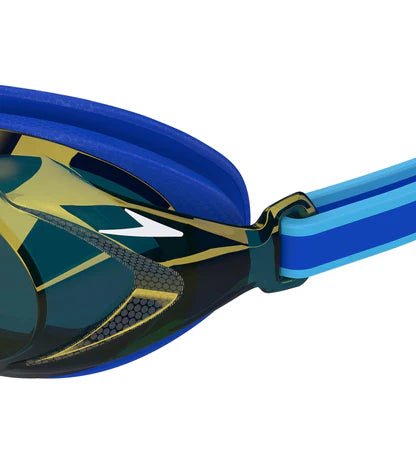

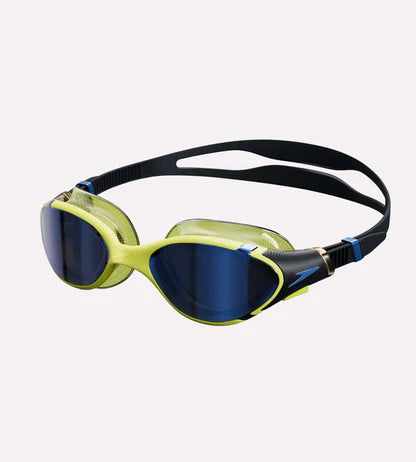
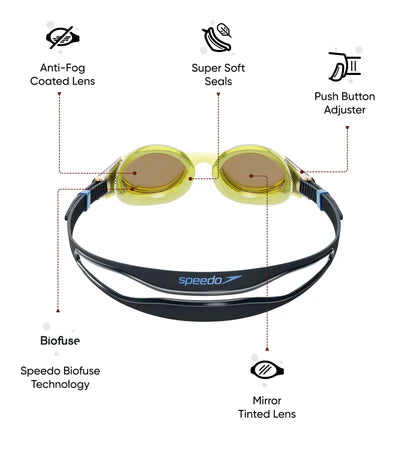

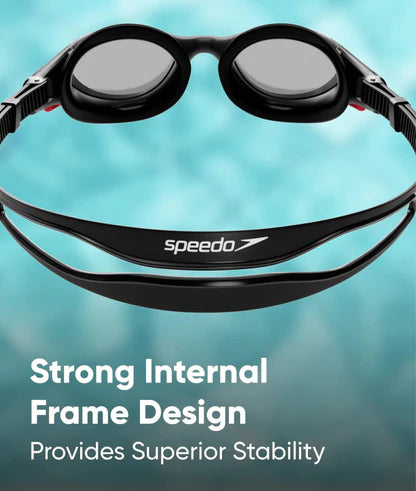
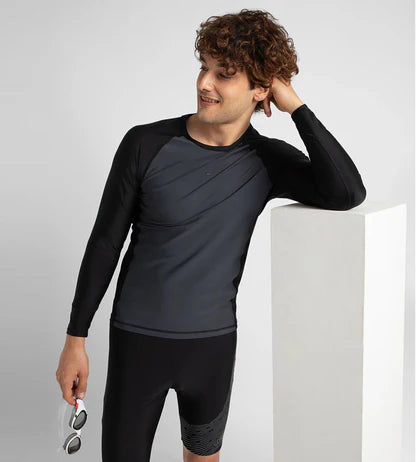







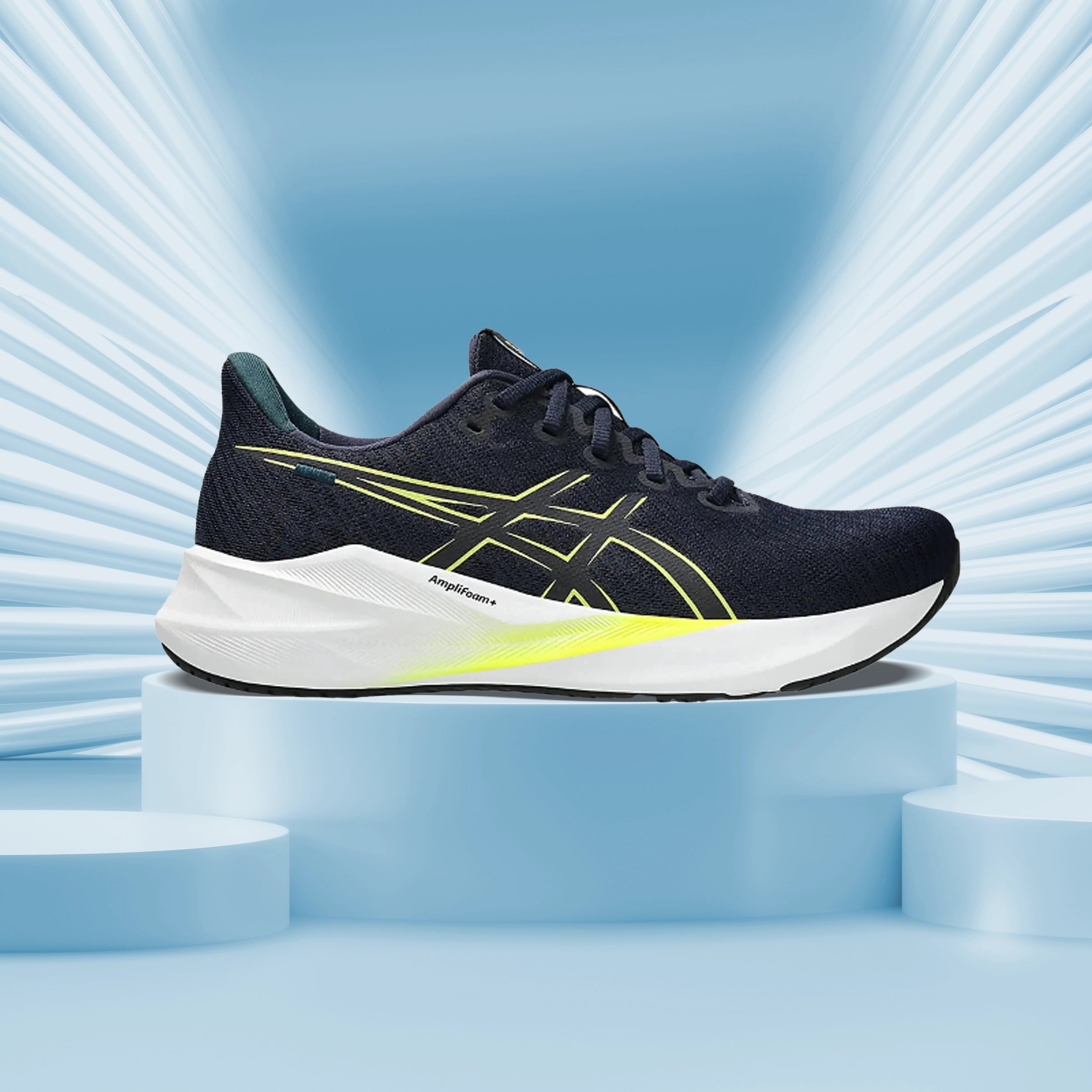

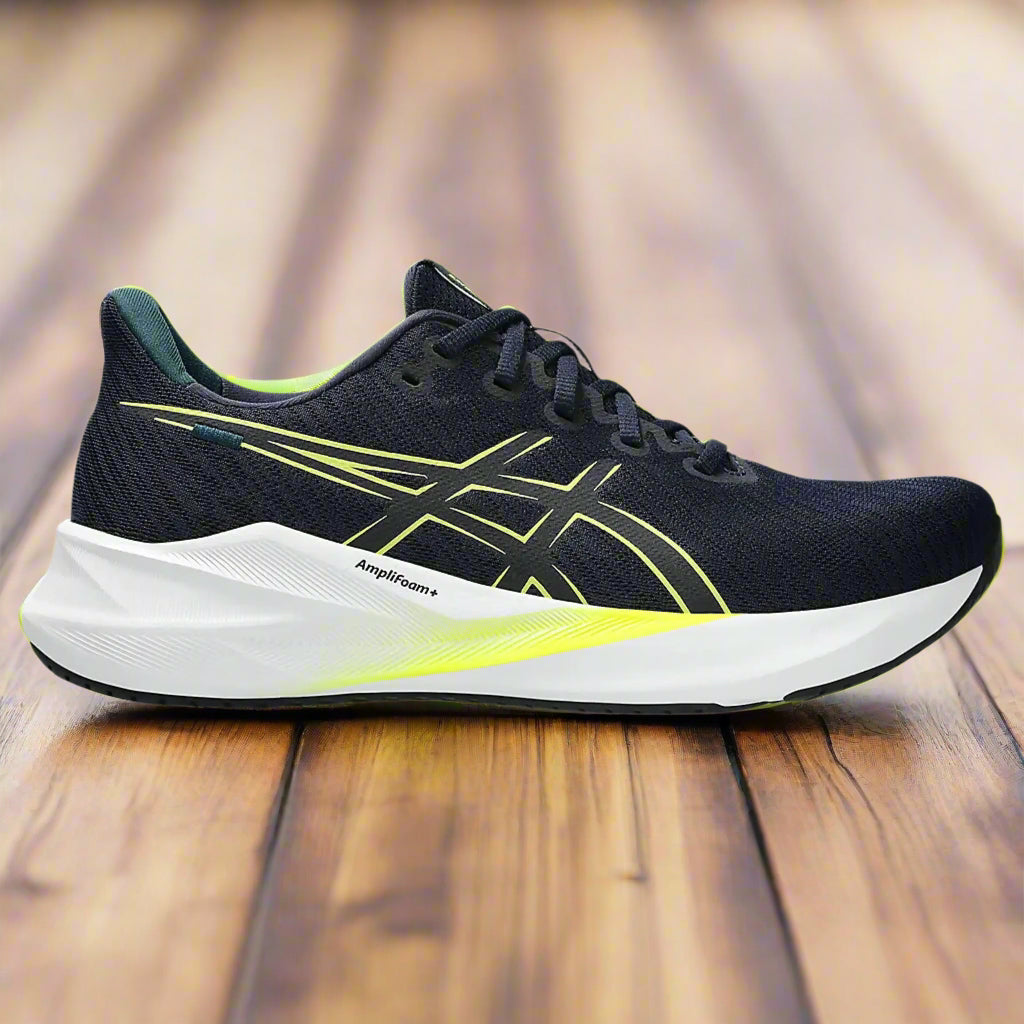
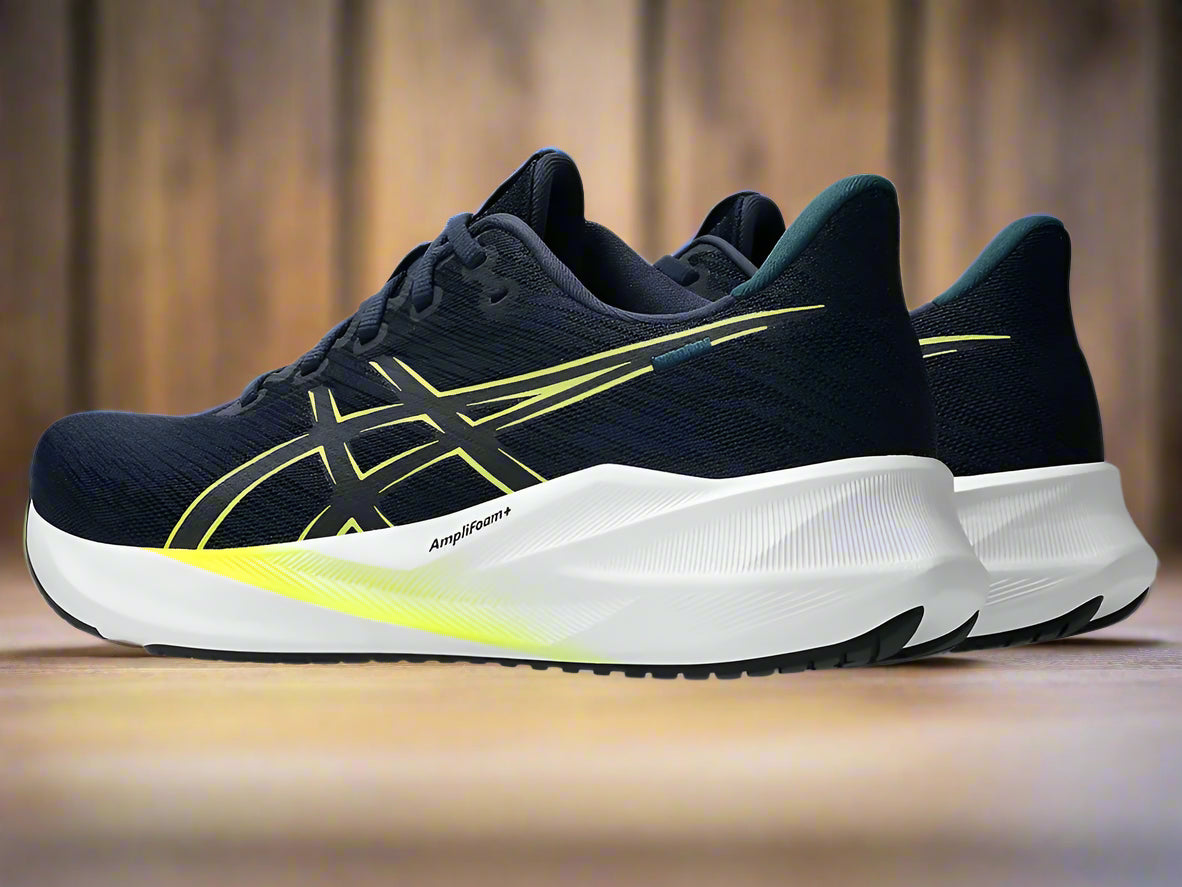
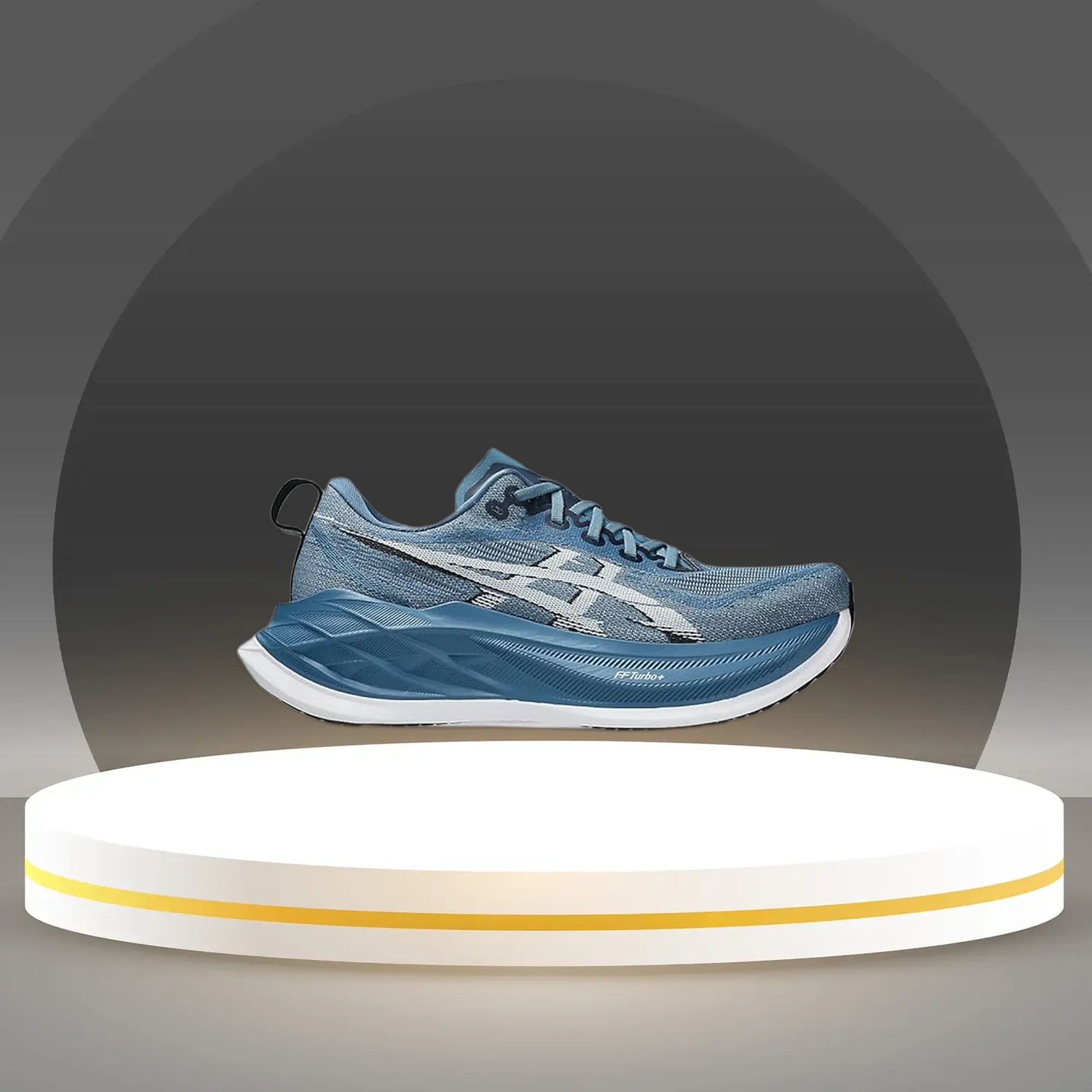



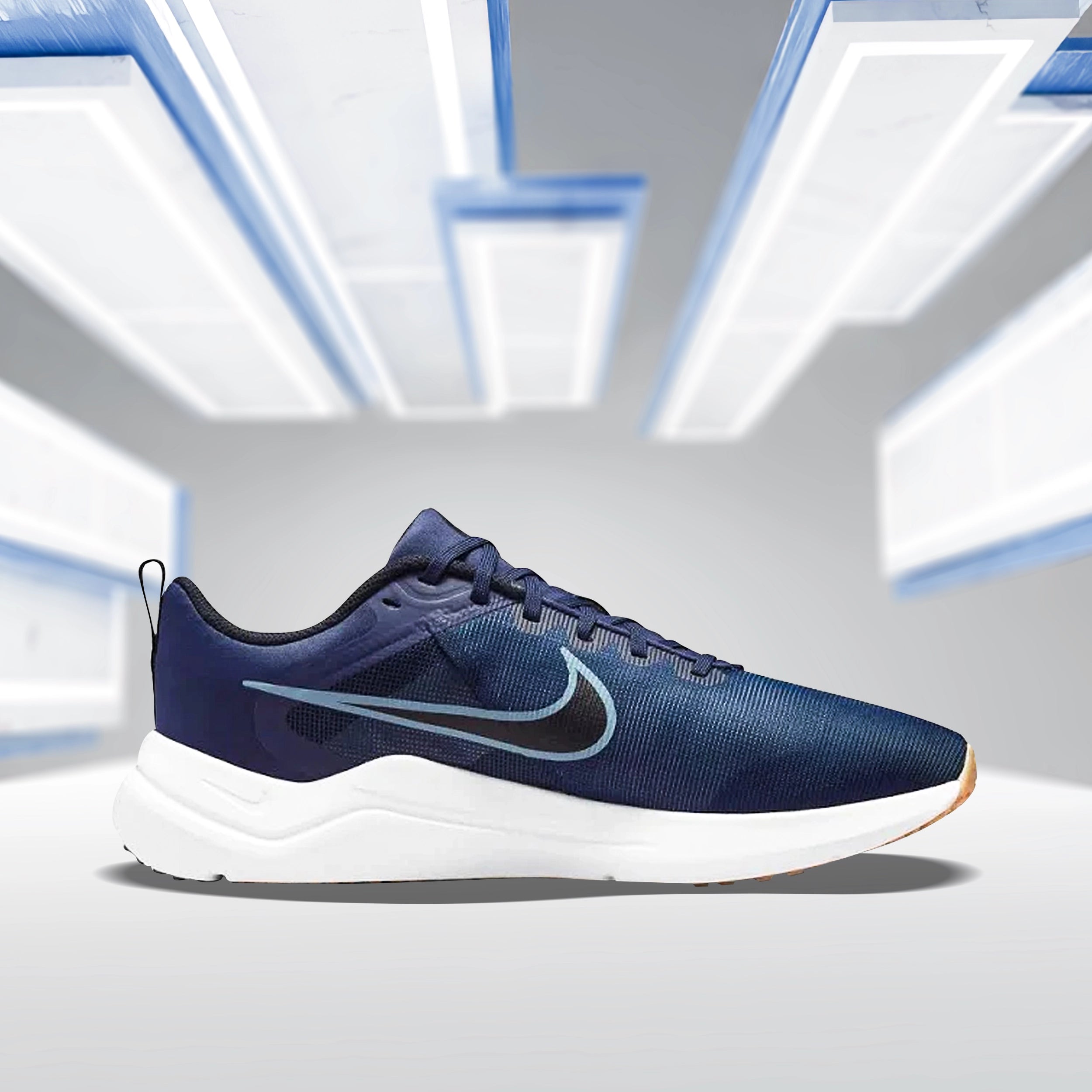

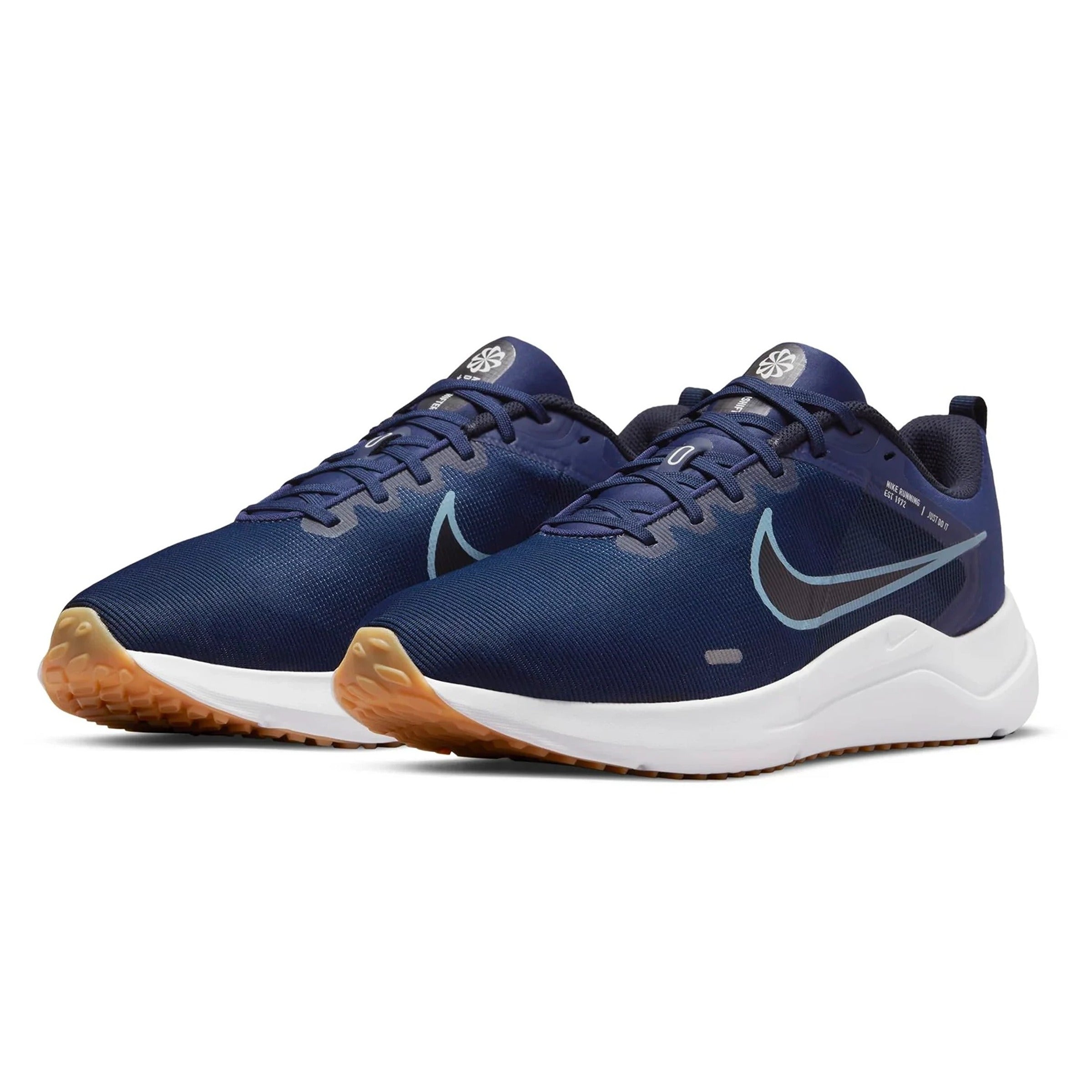
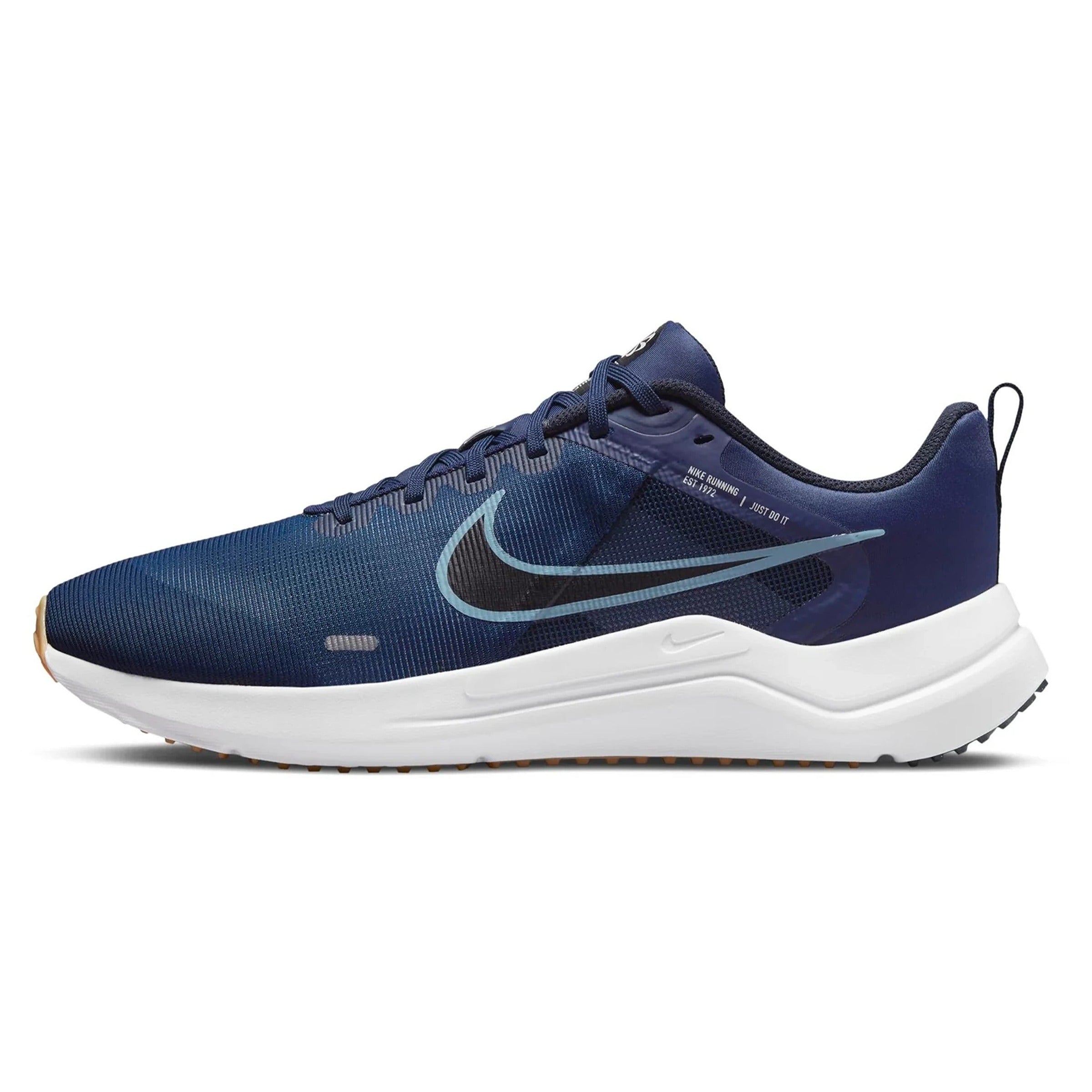
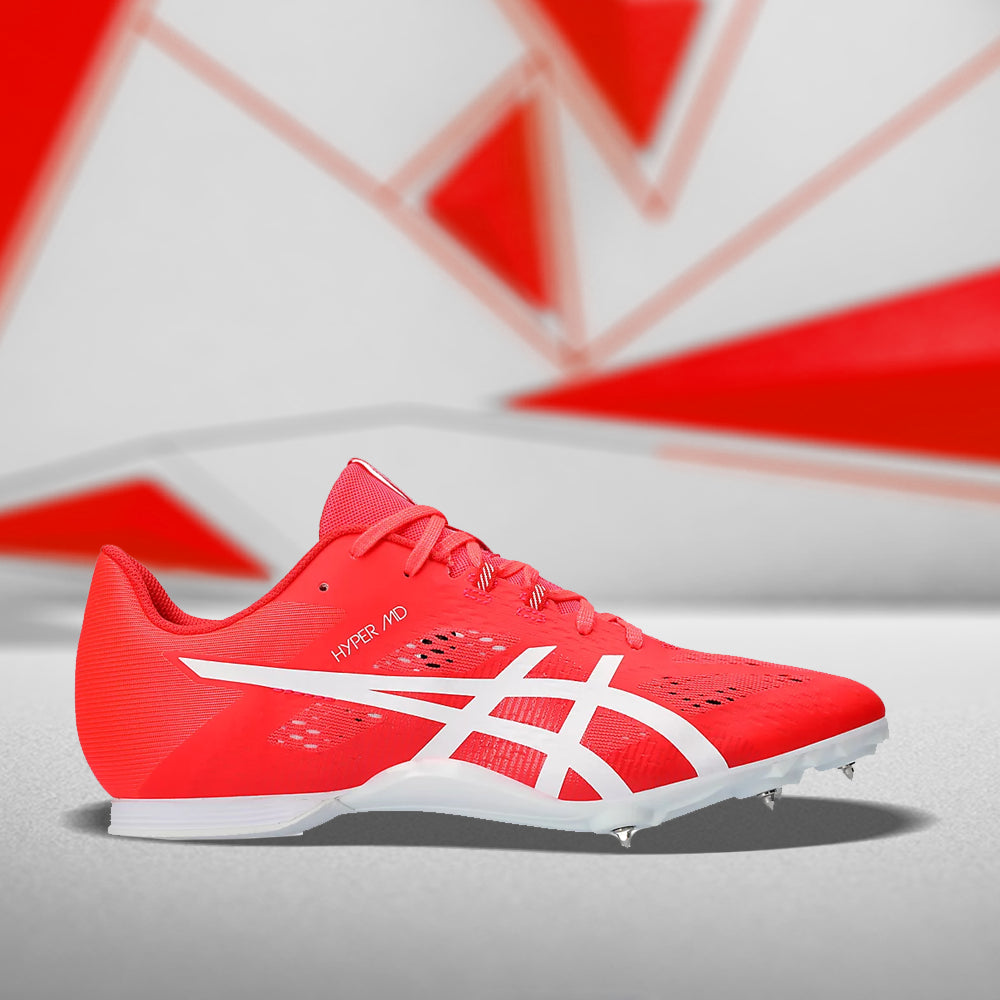
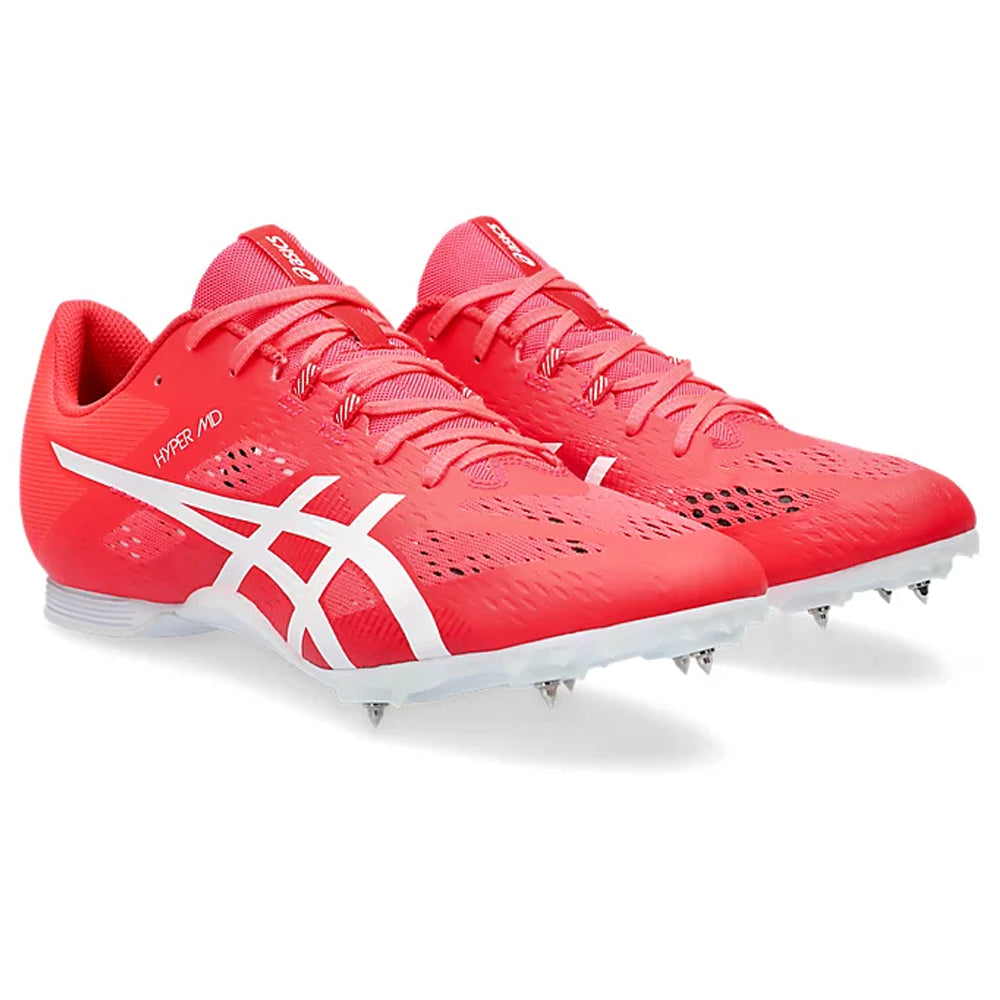
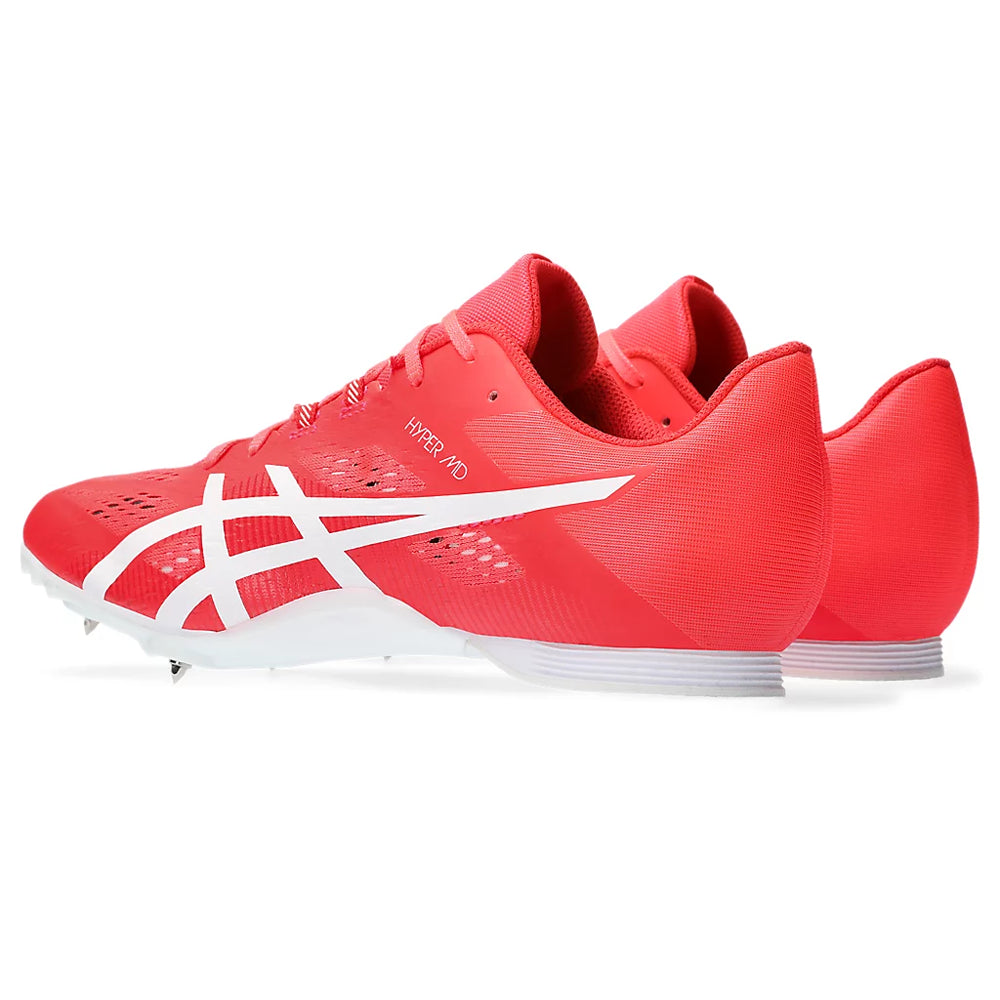
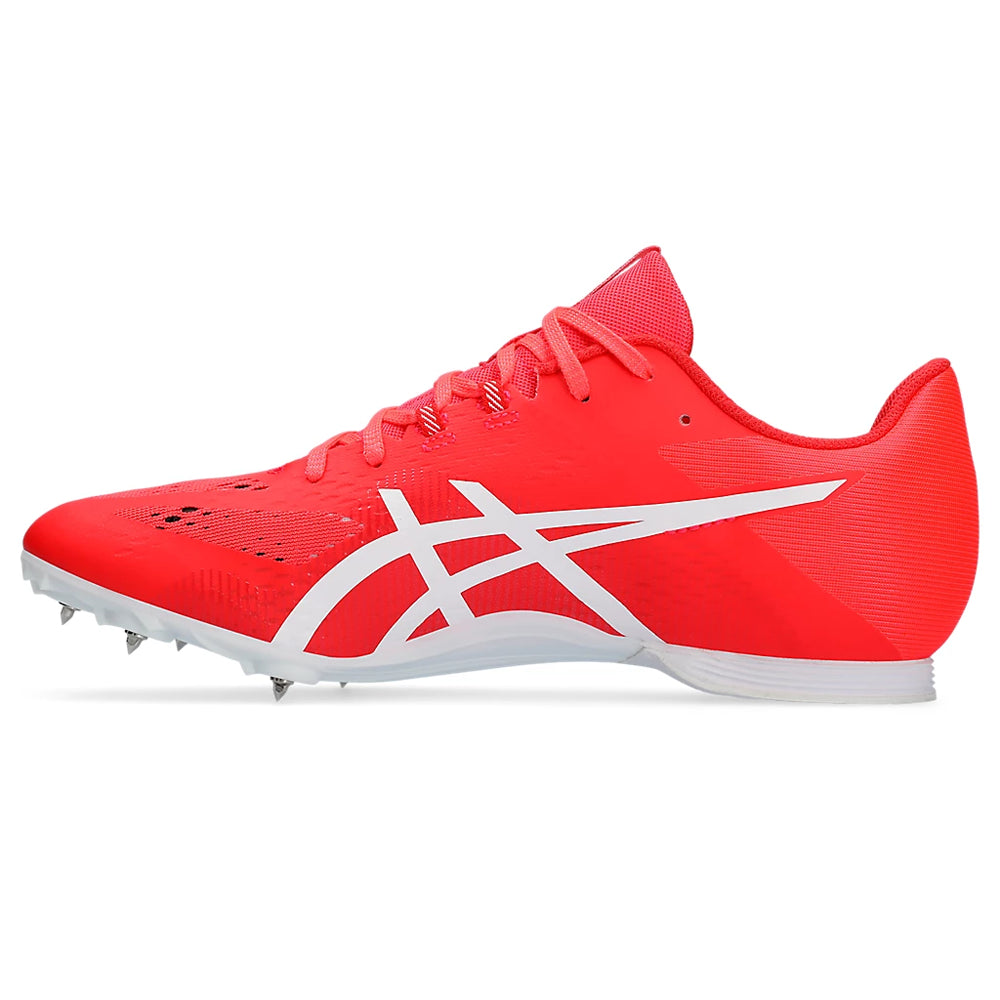
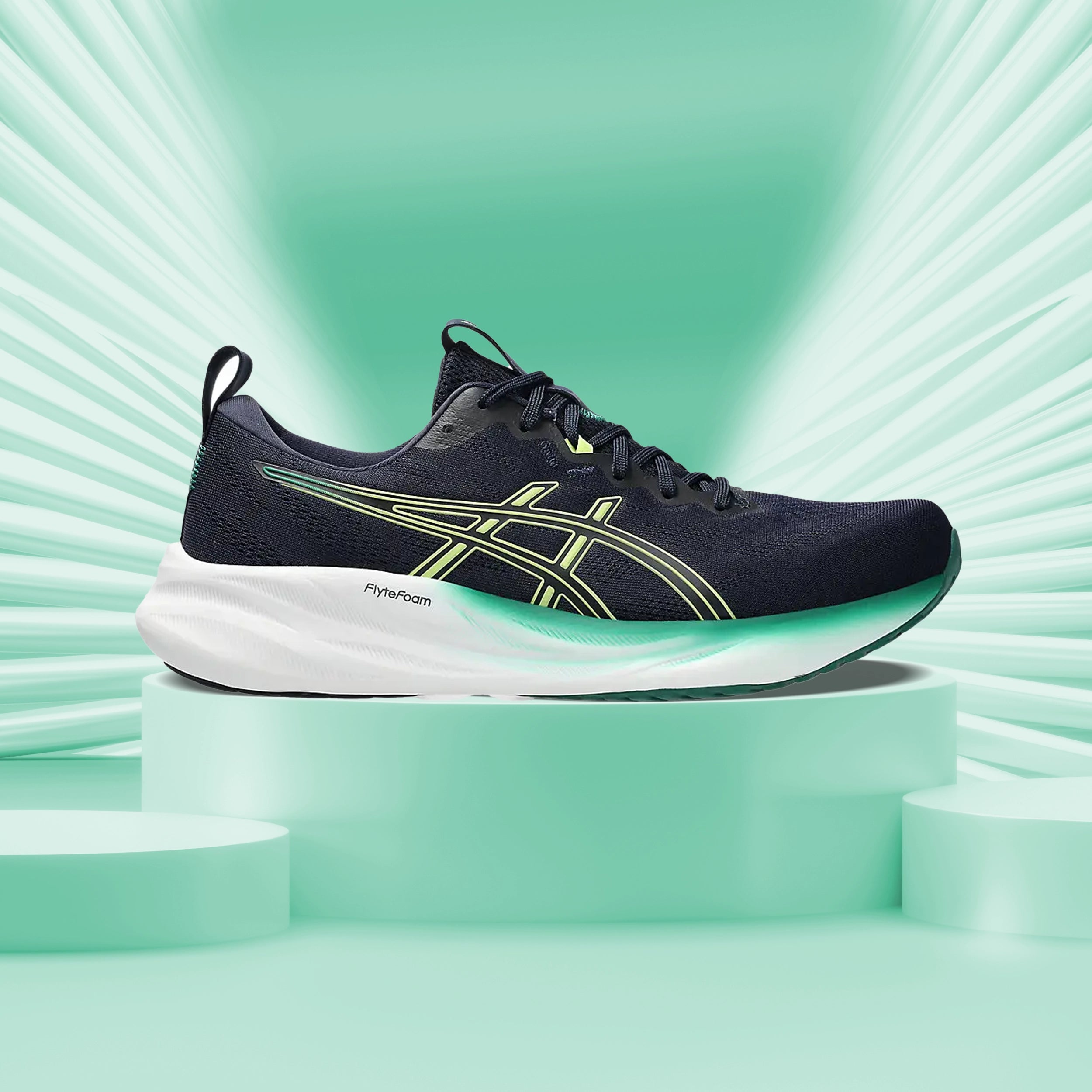
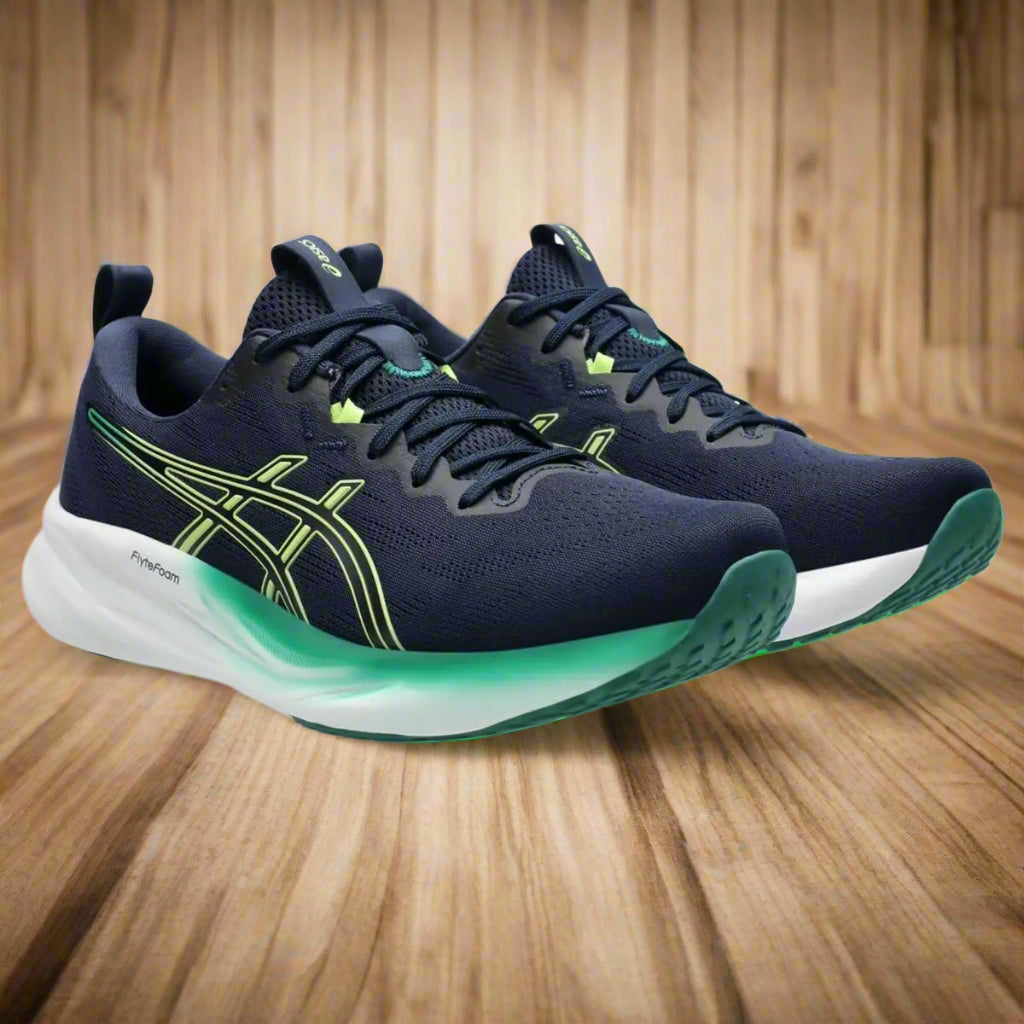
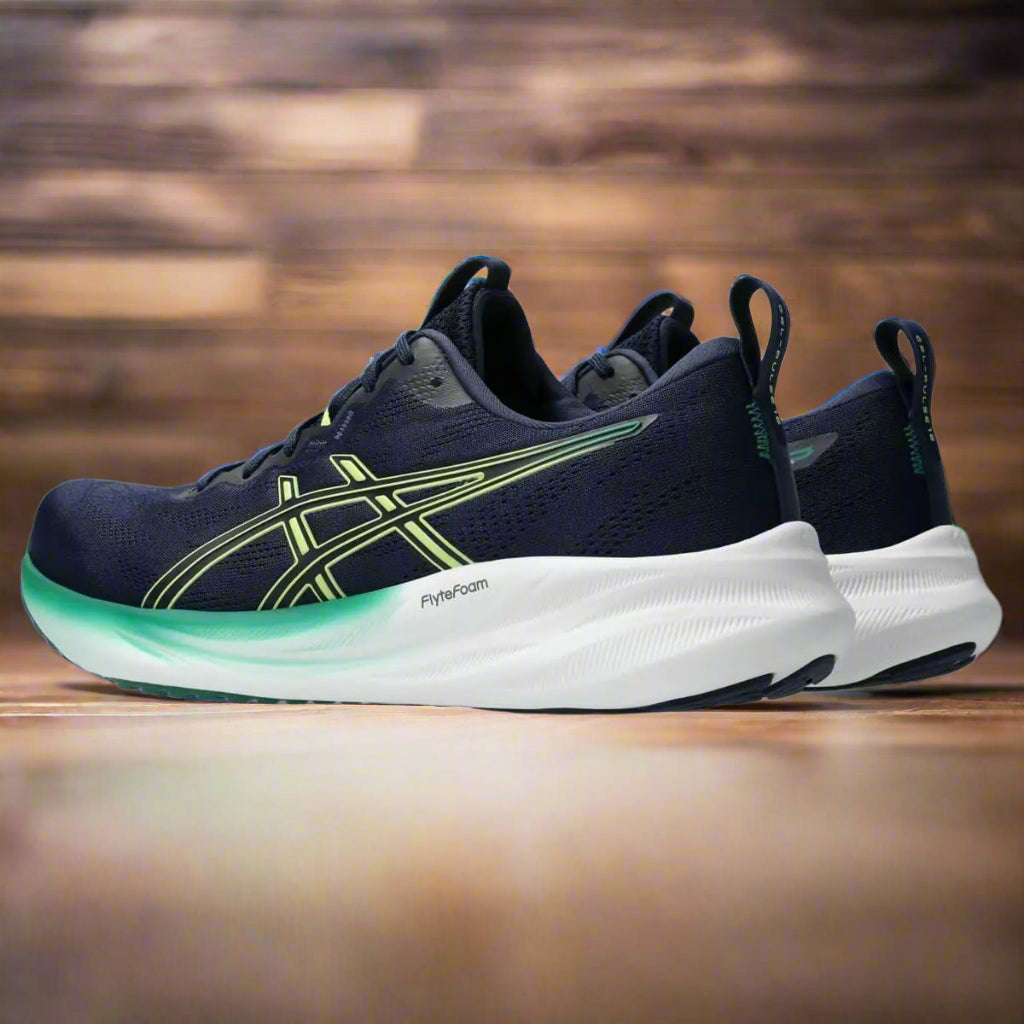
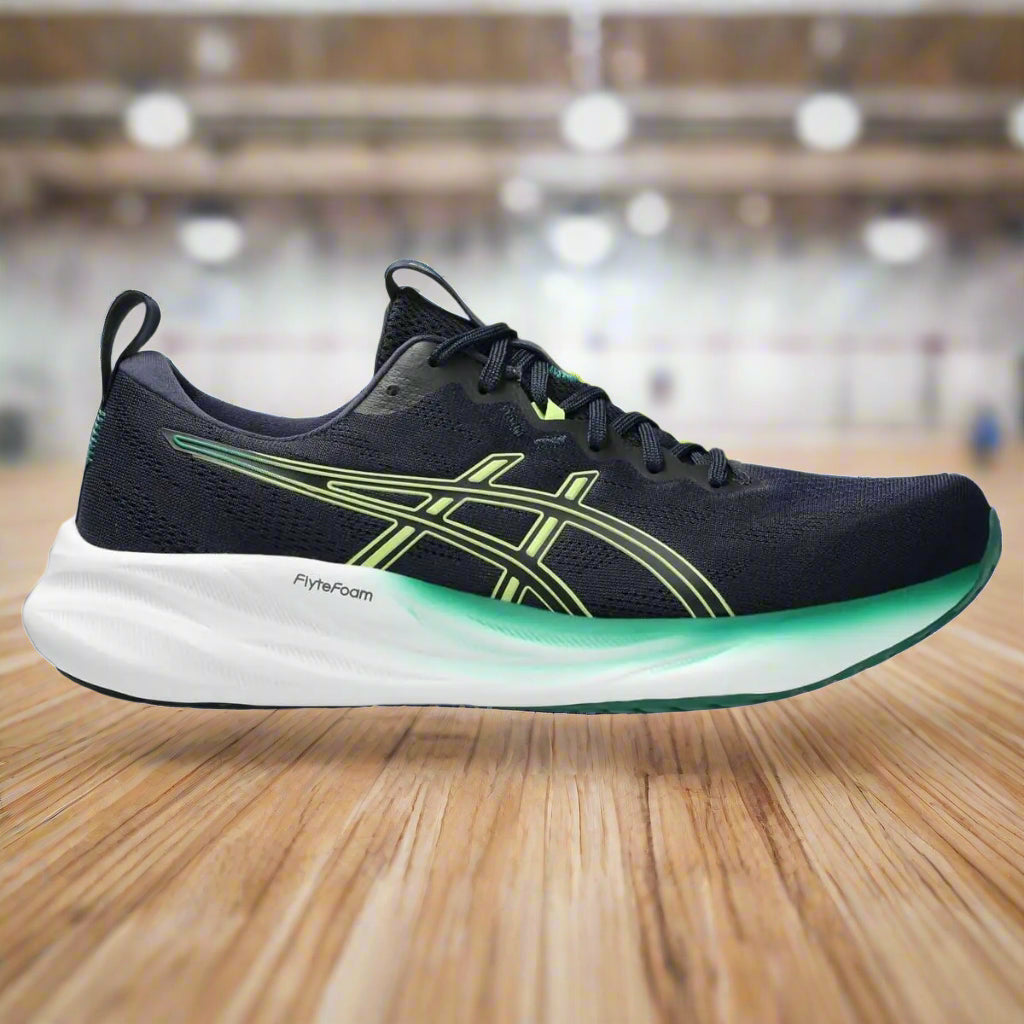

Share:
Running Apps and Gadgets for Improved Performance
Who Are the Top 10 Cyclists in the World Right Now (2025)?